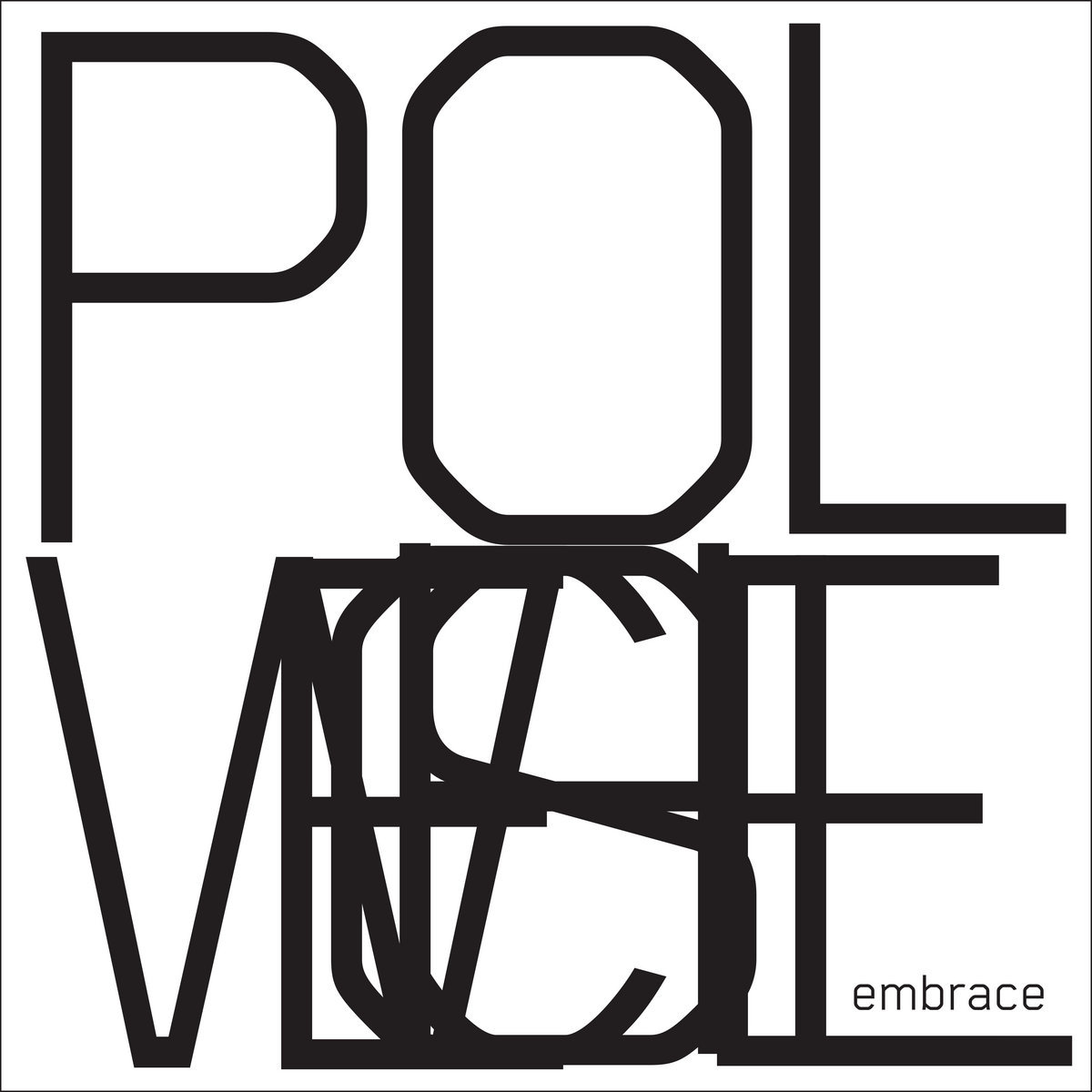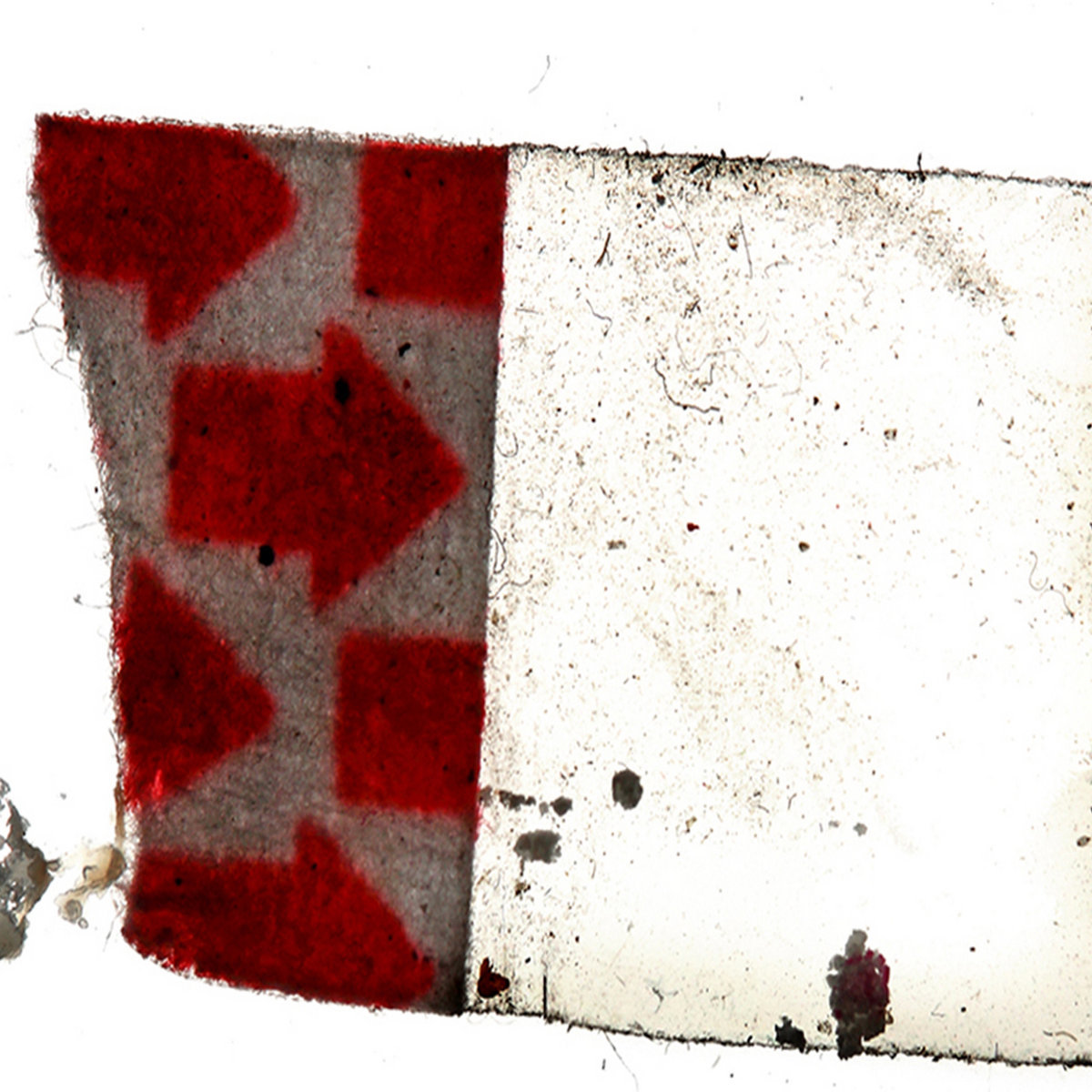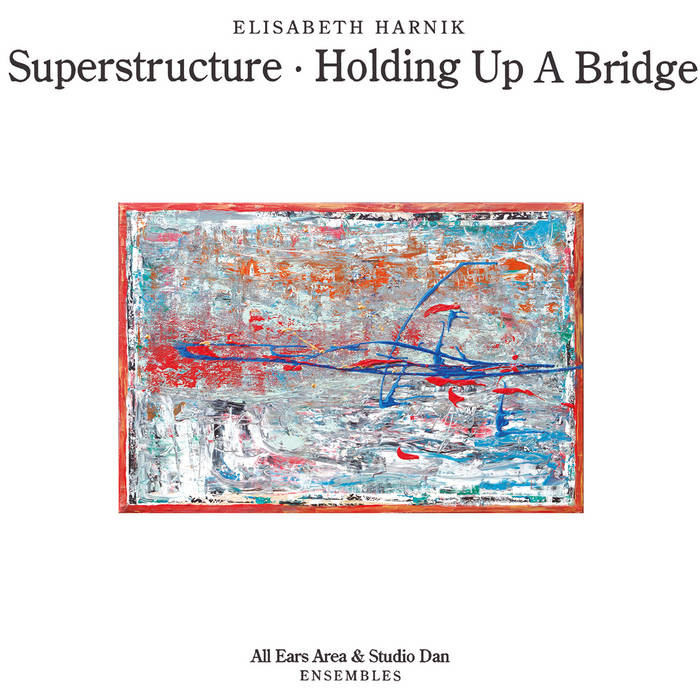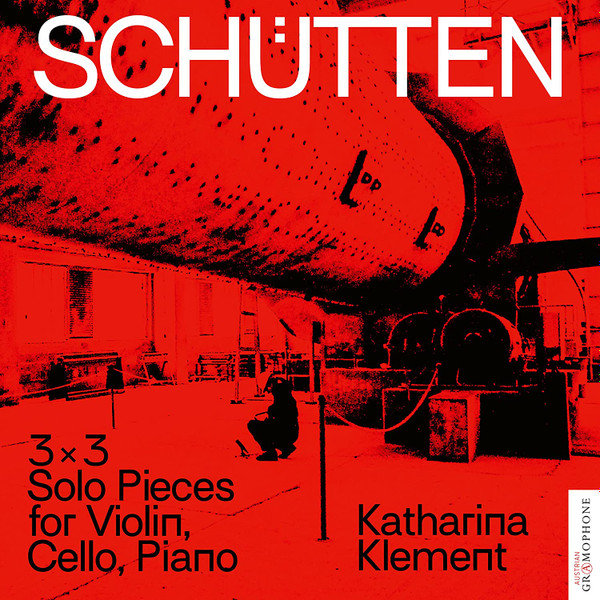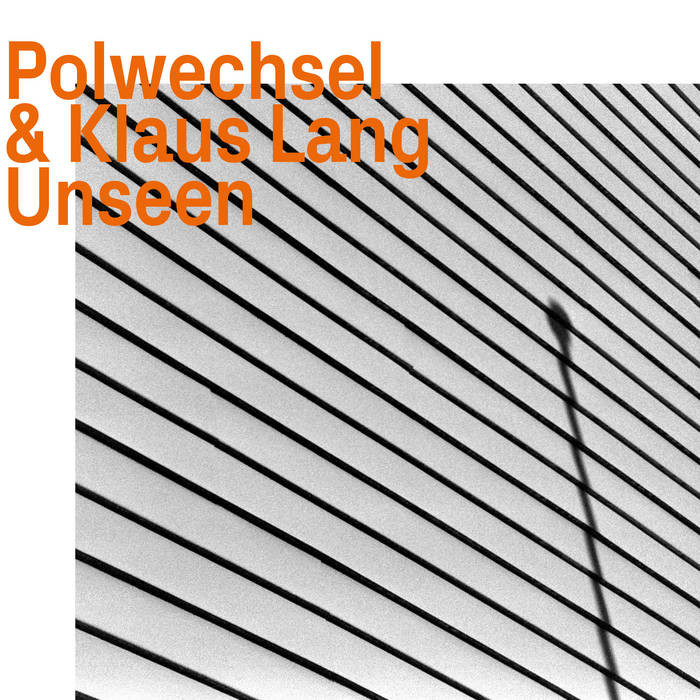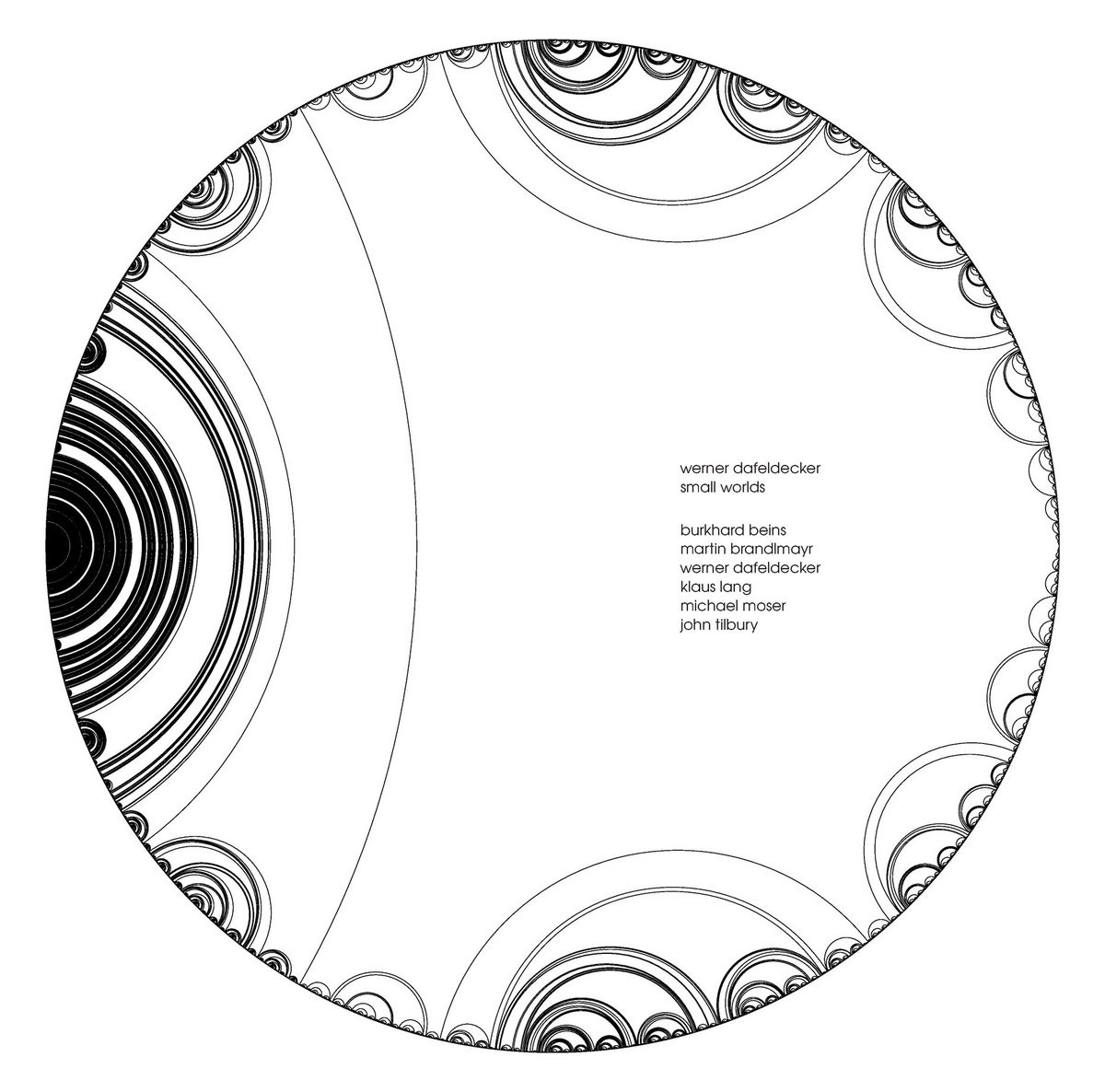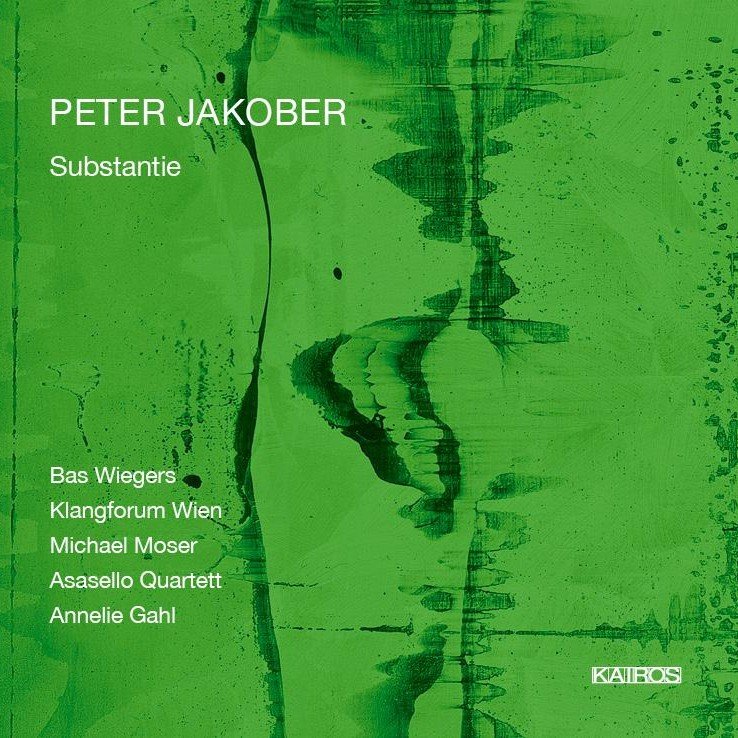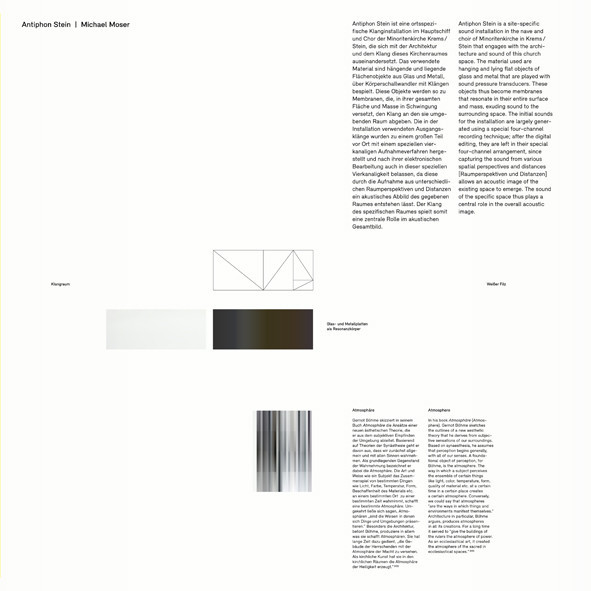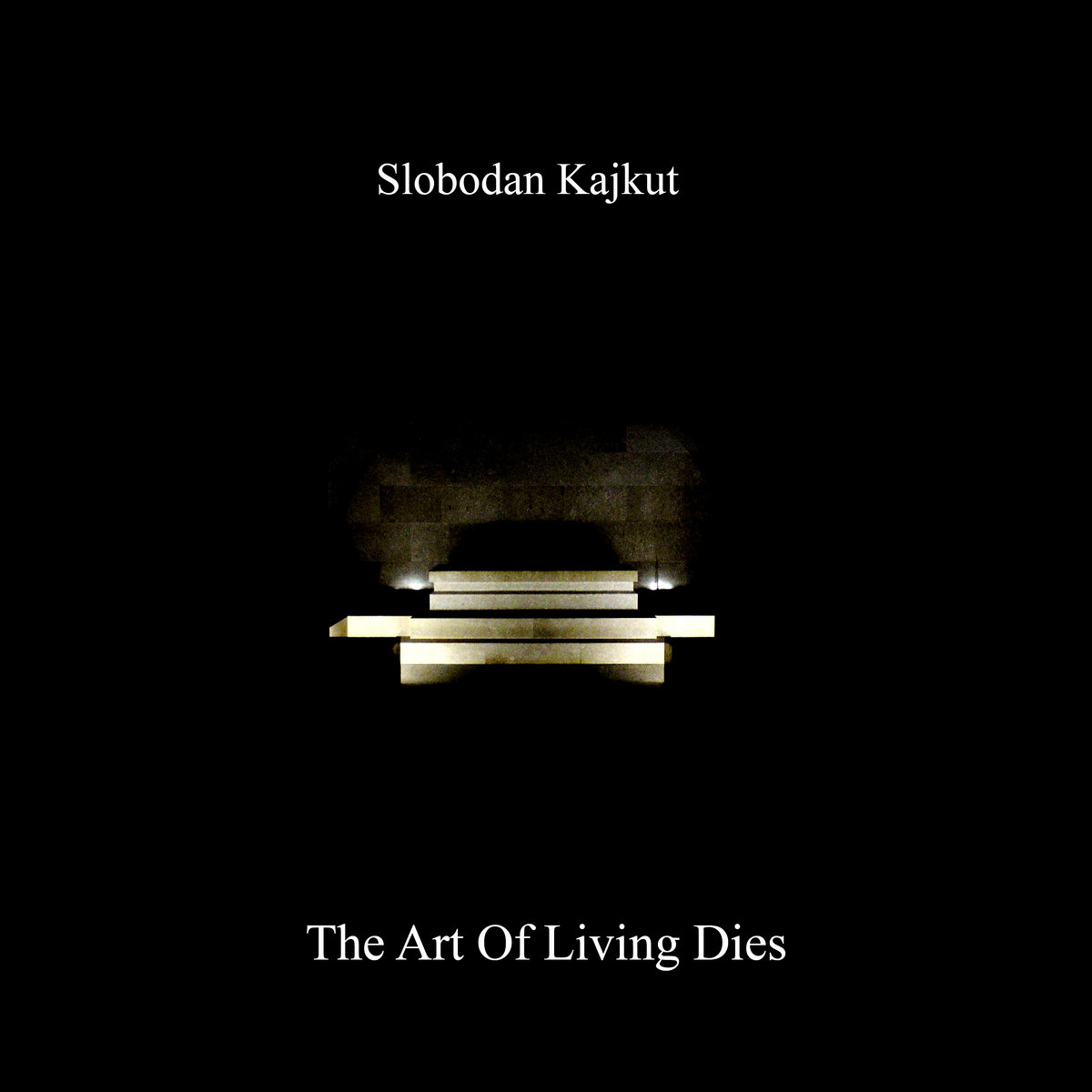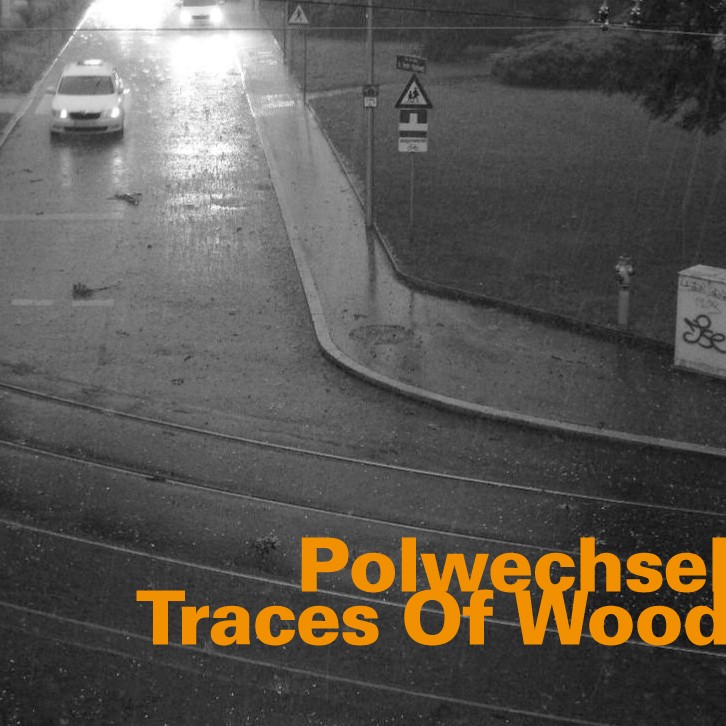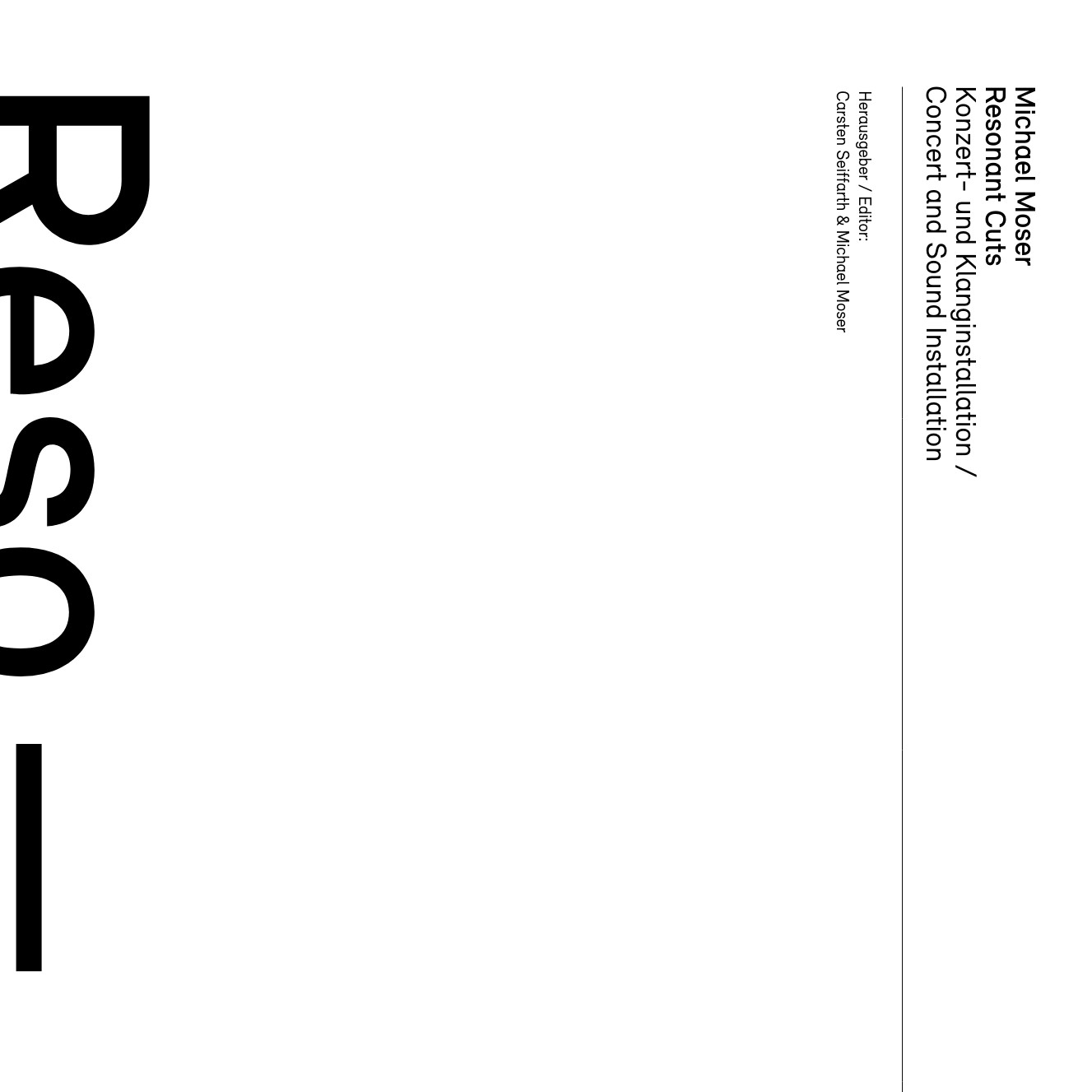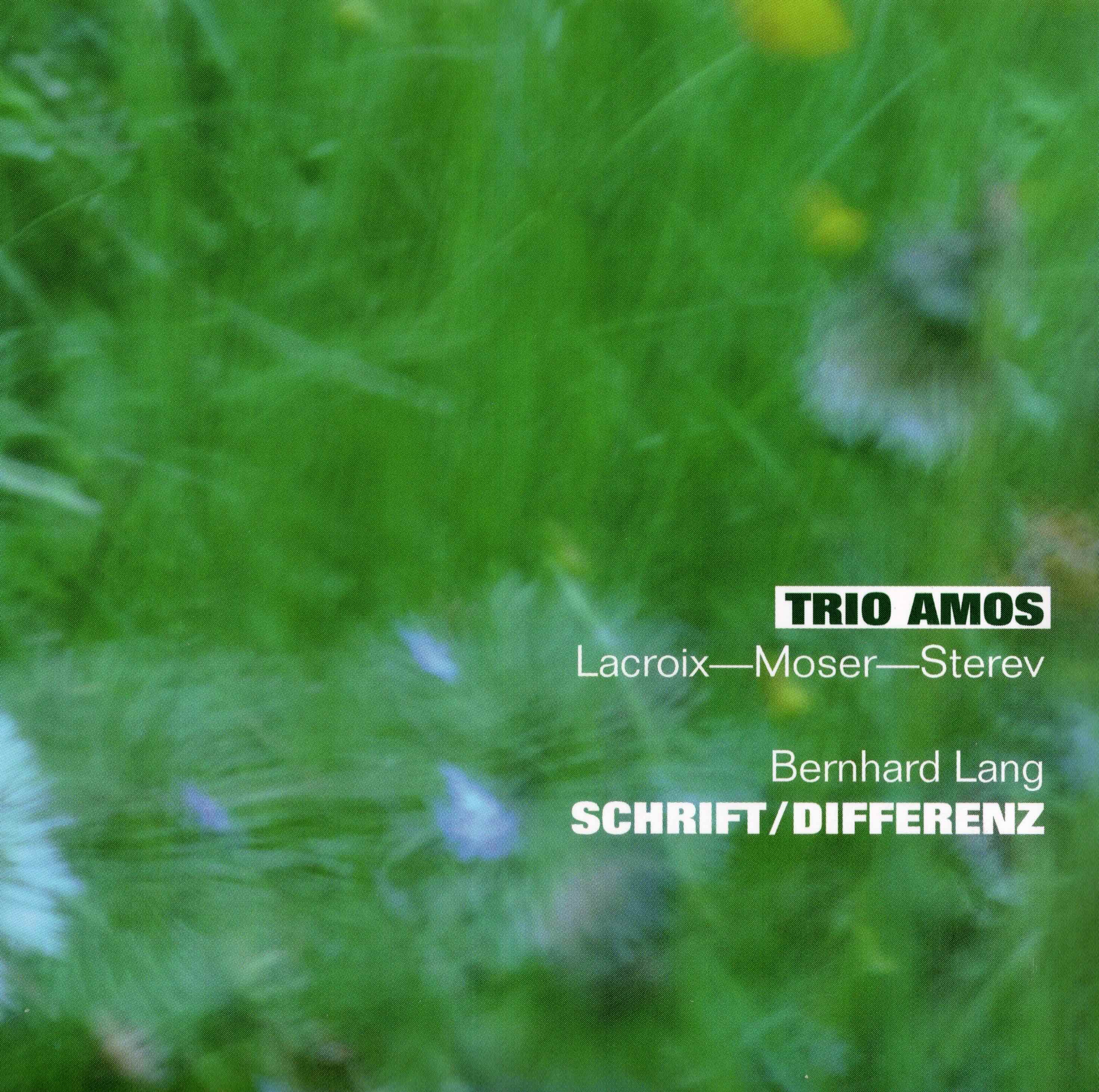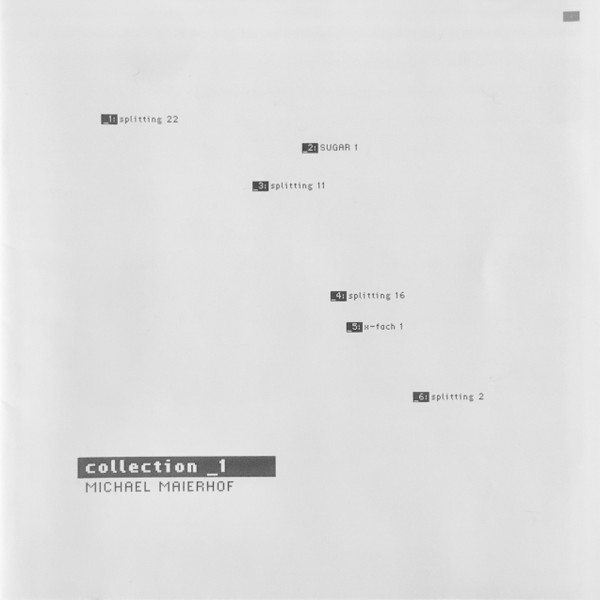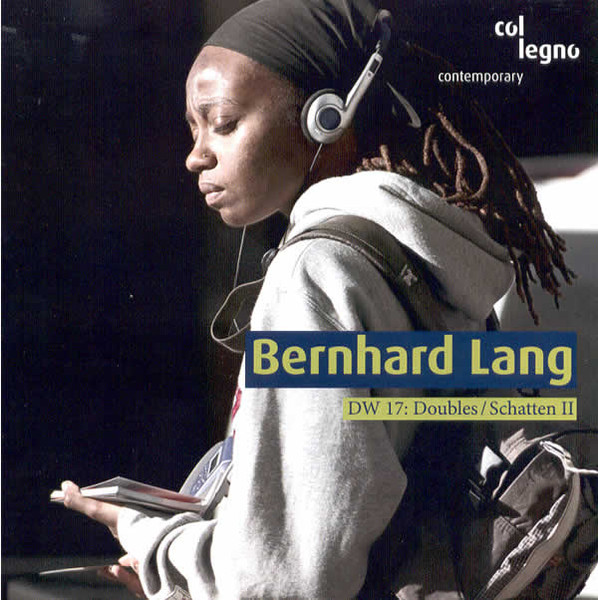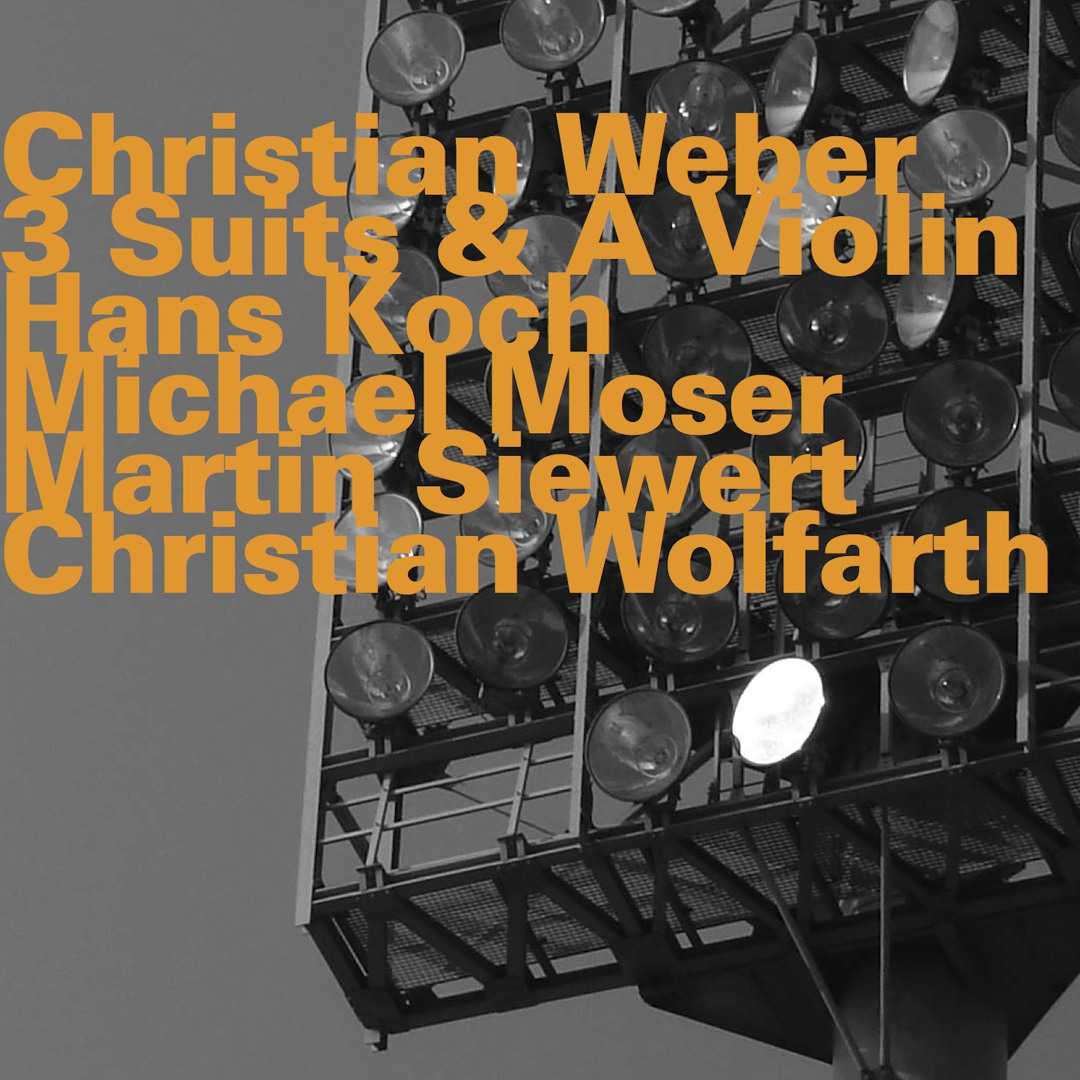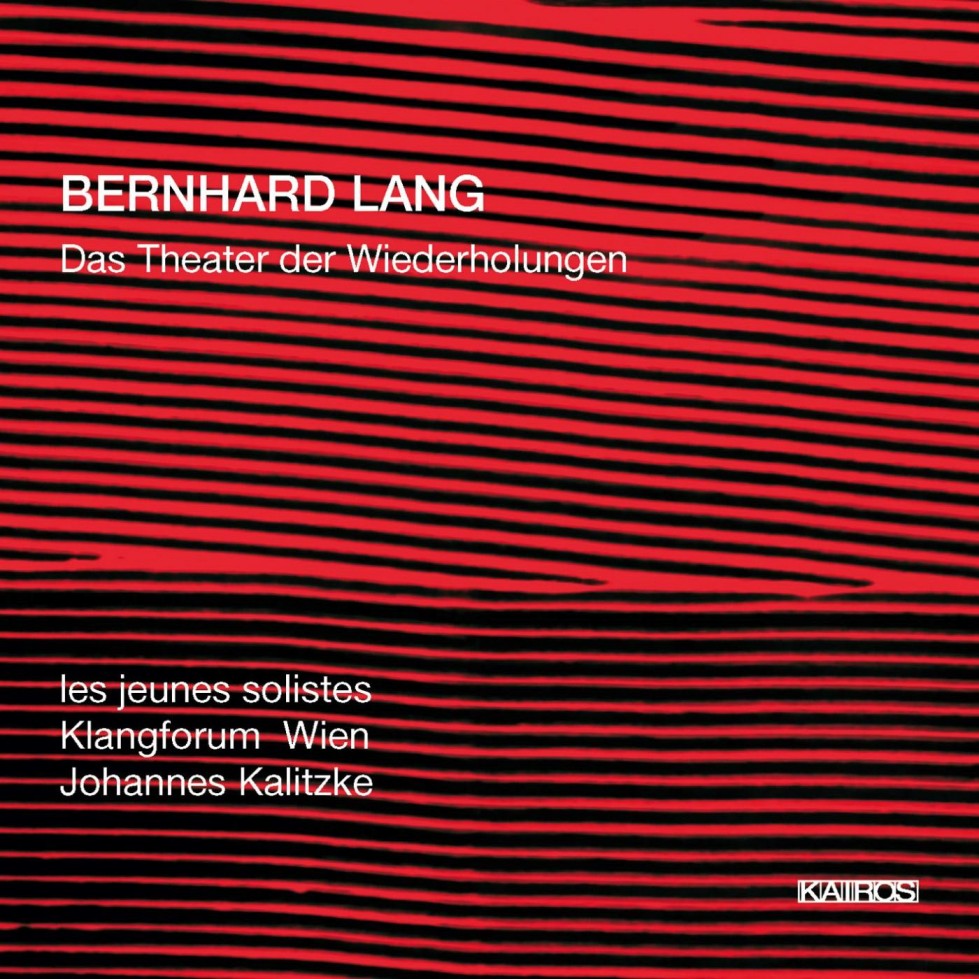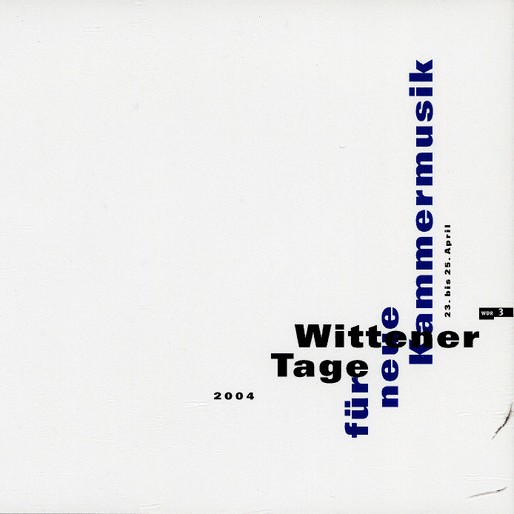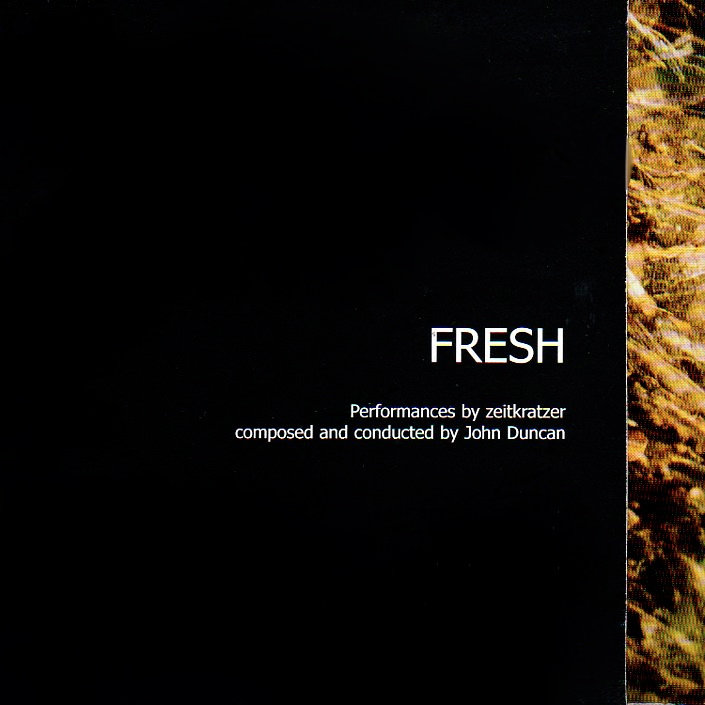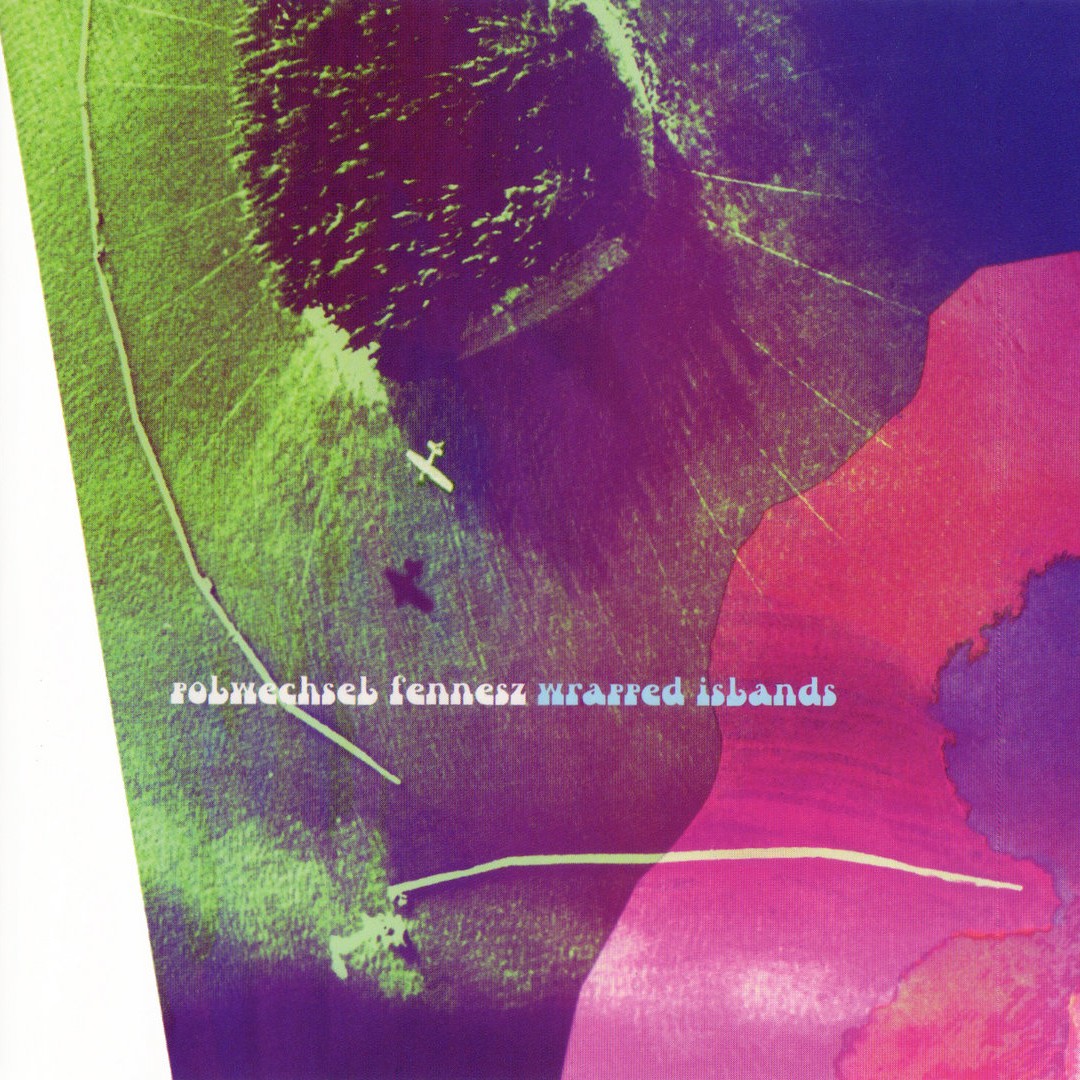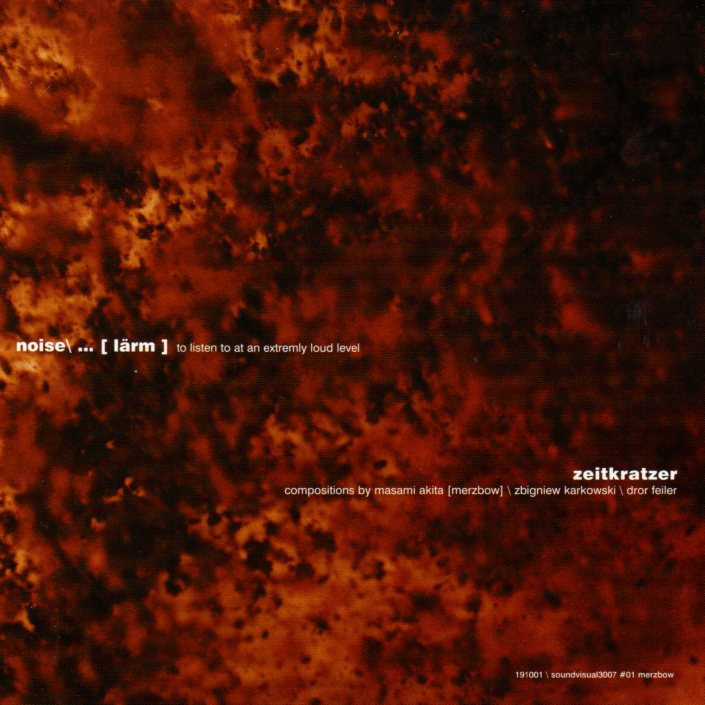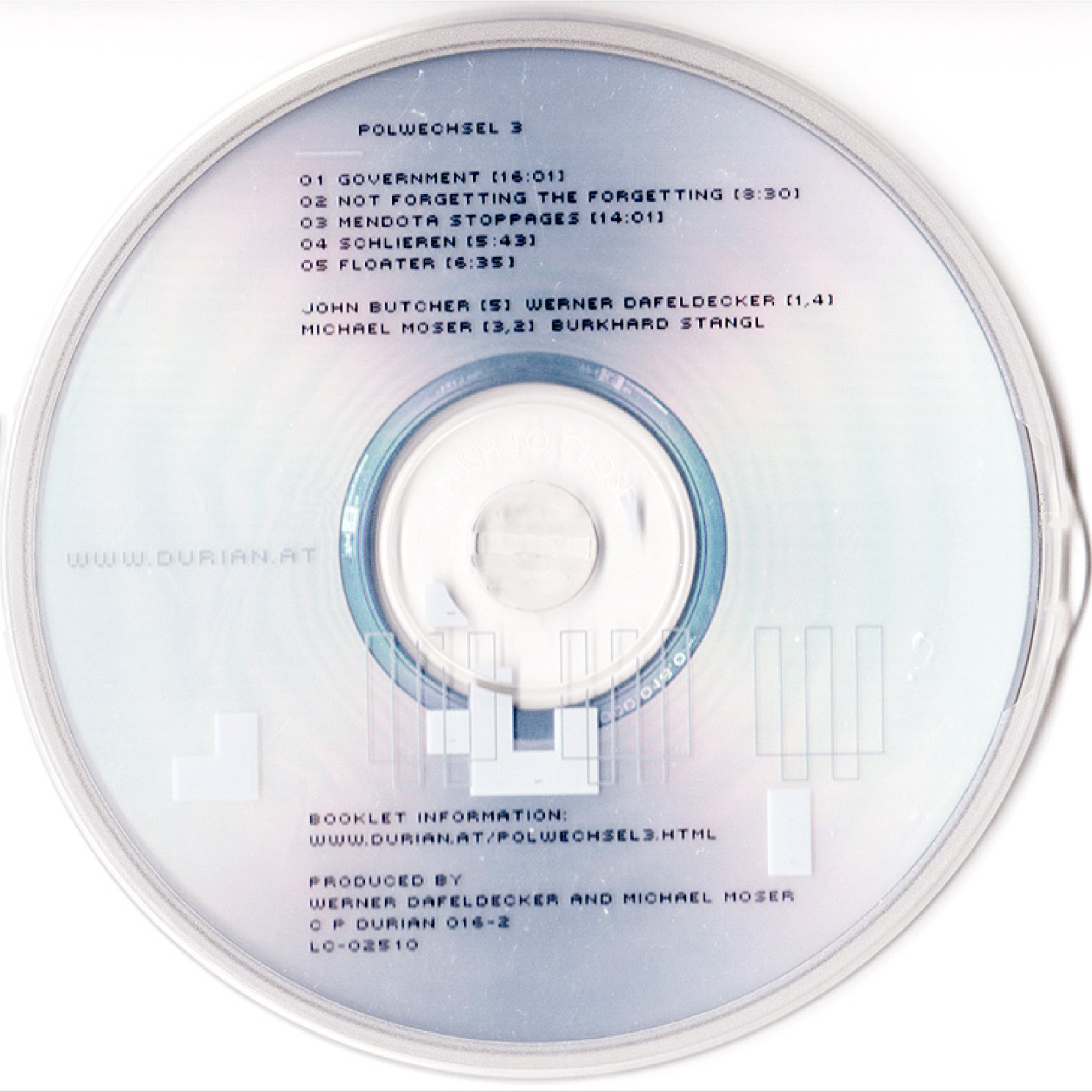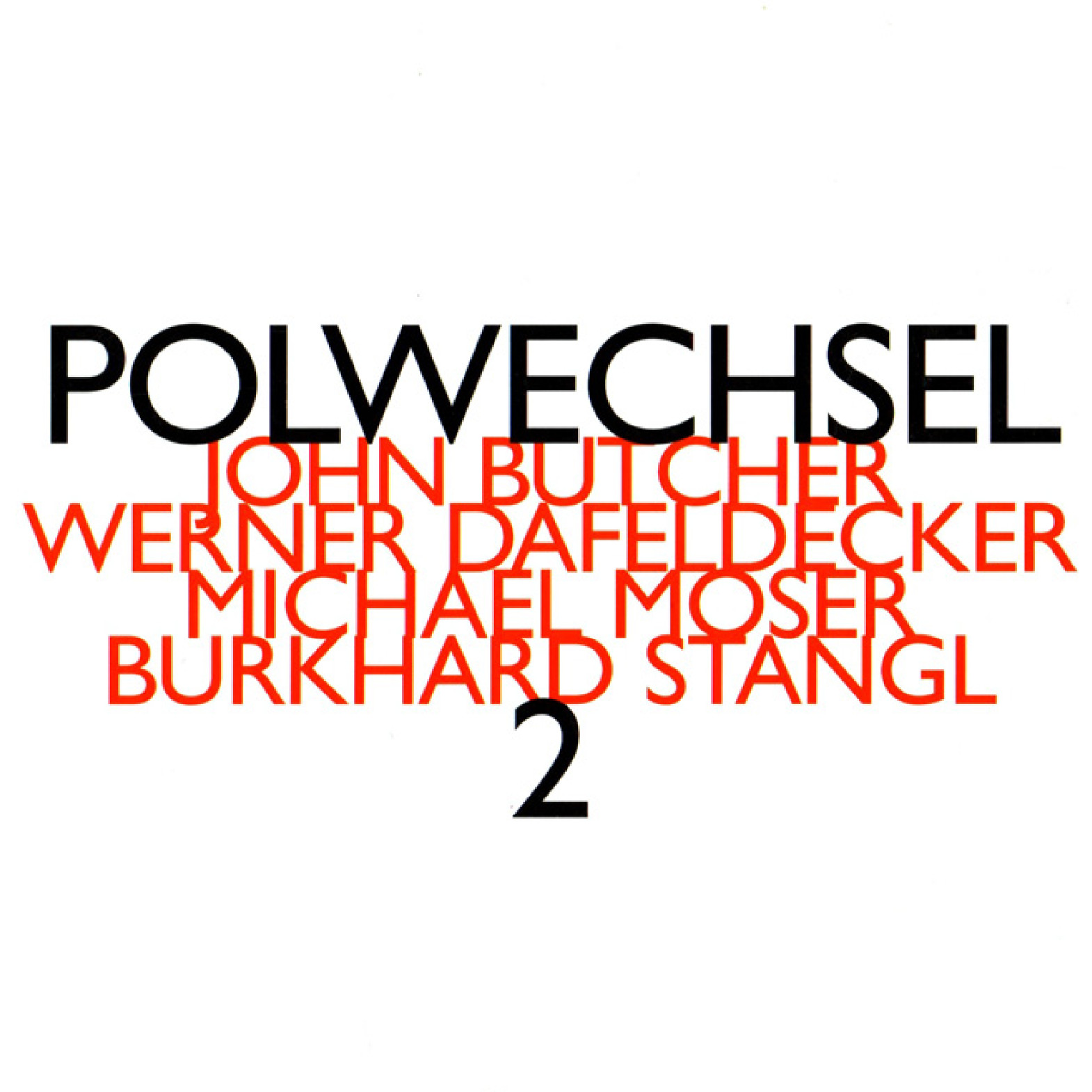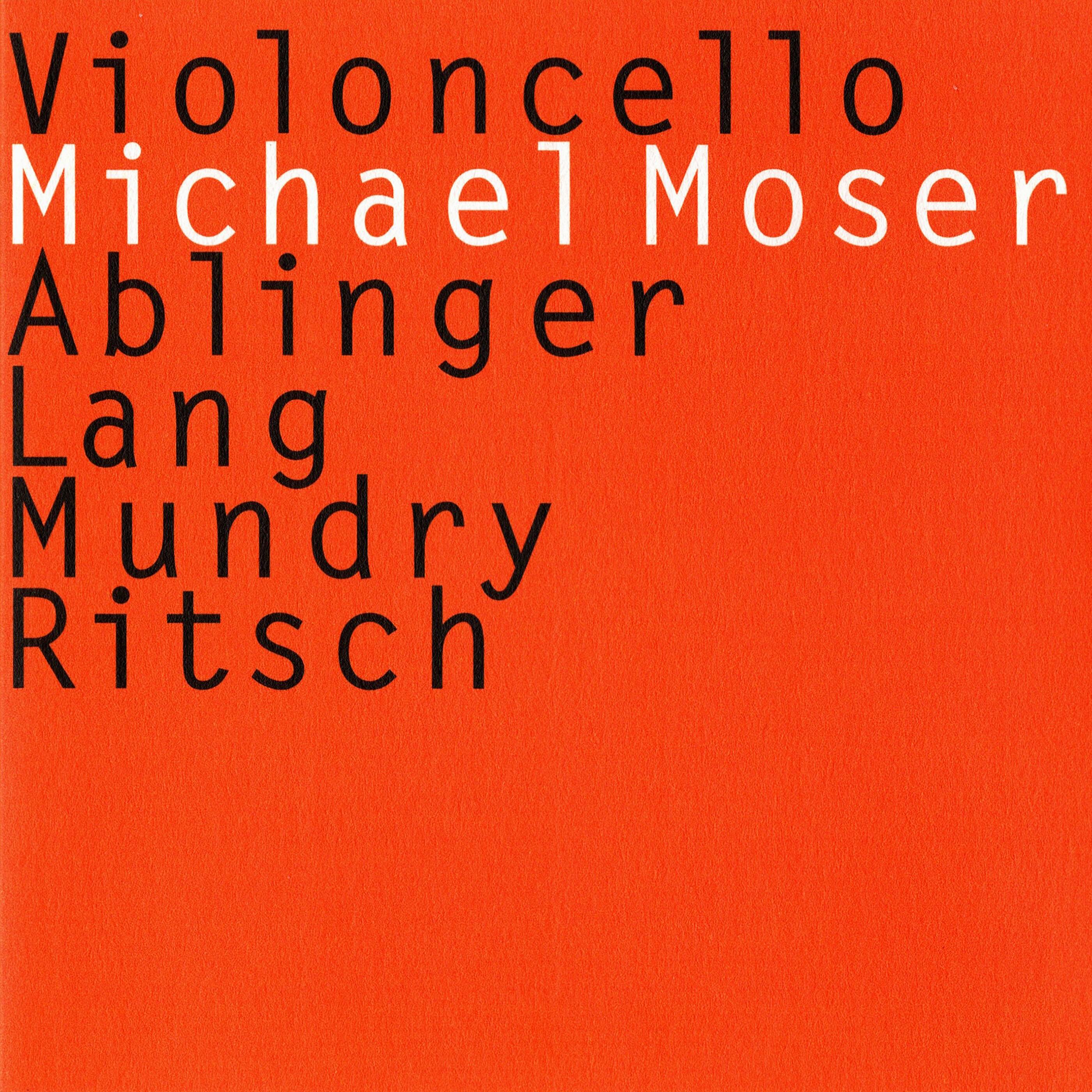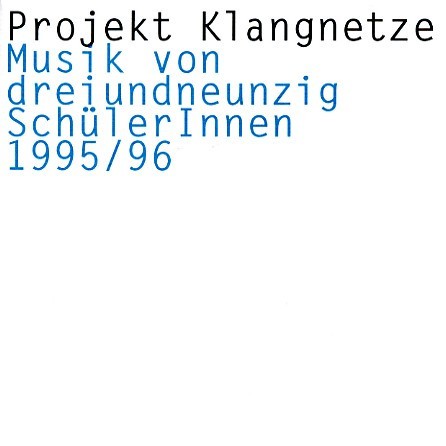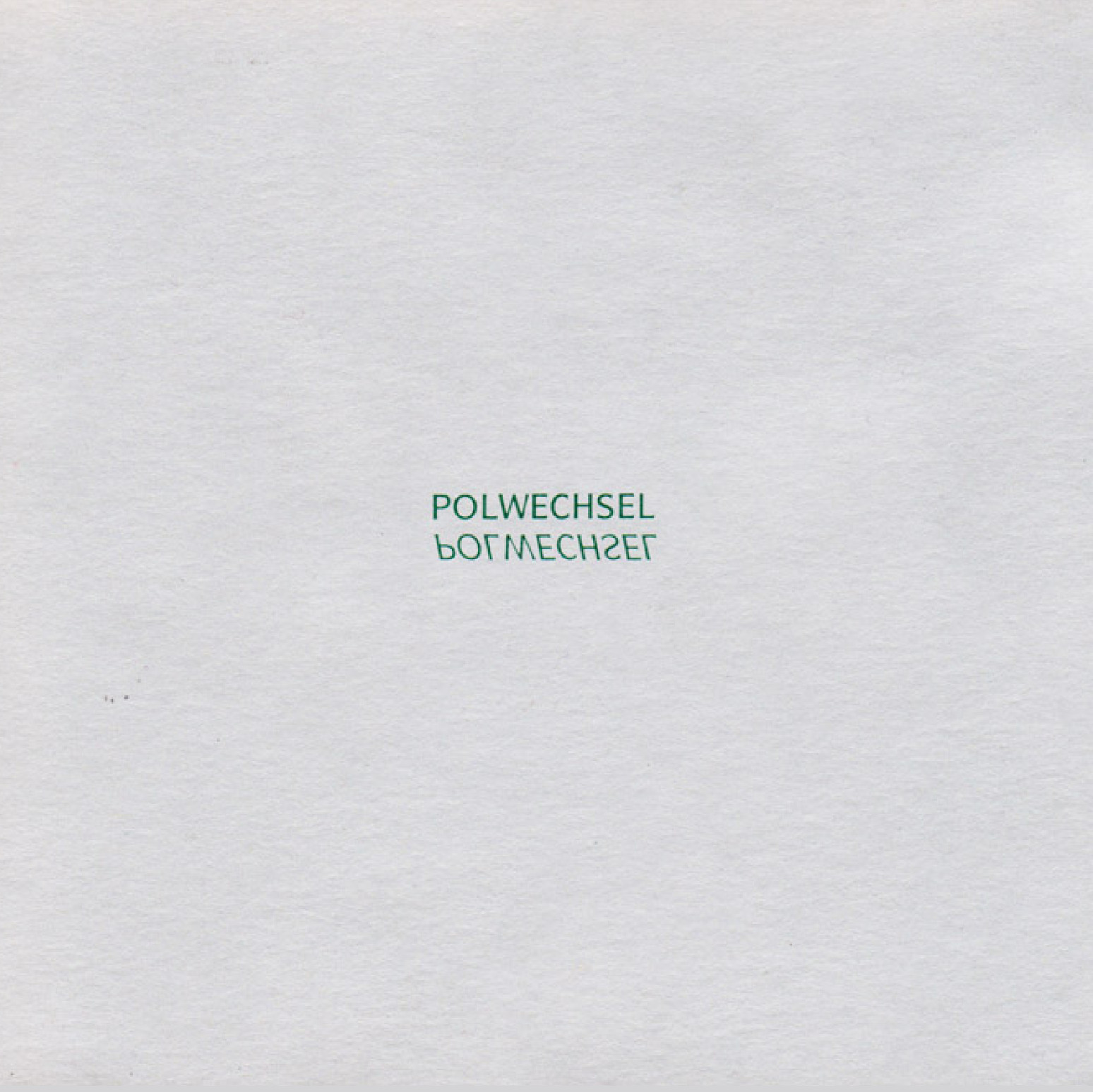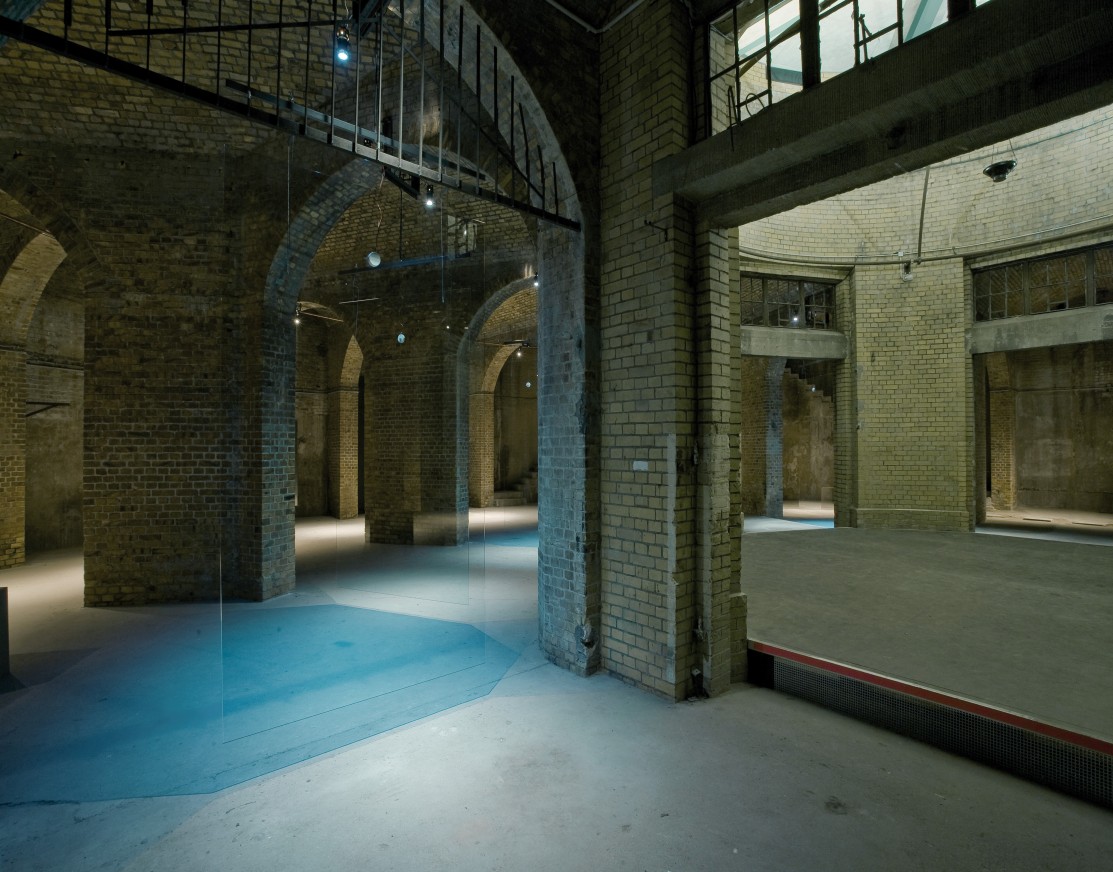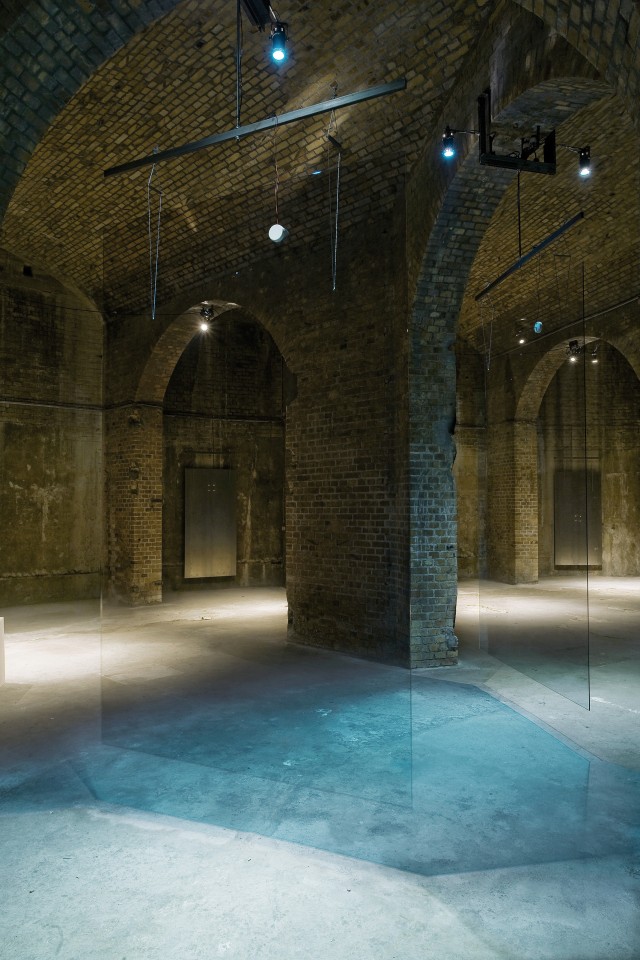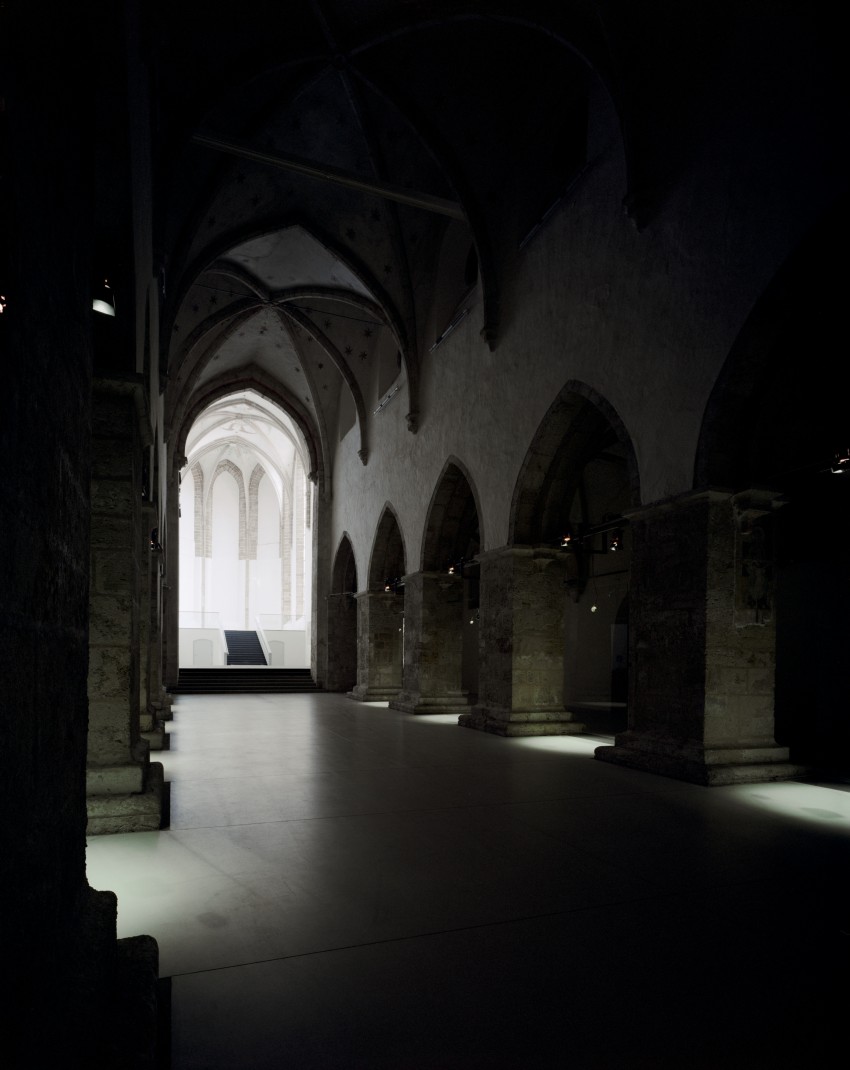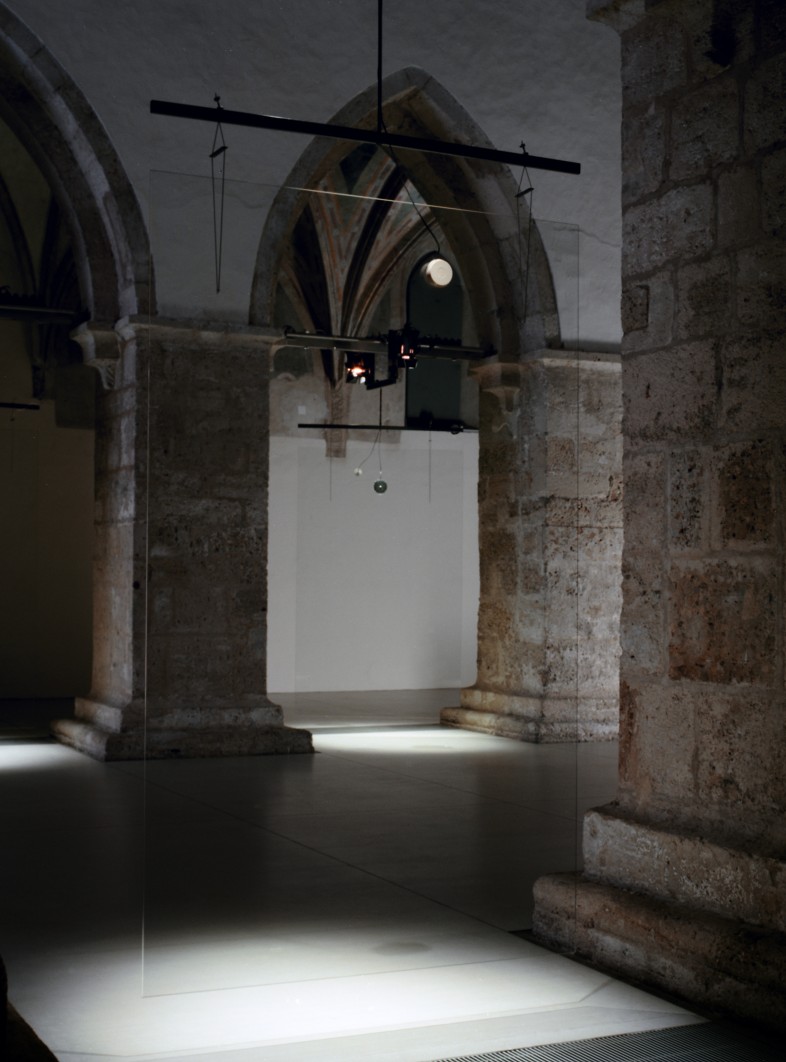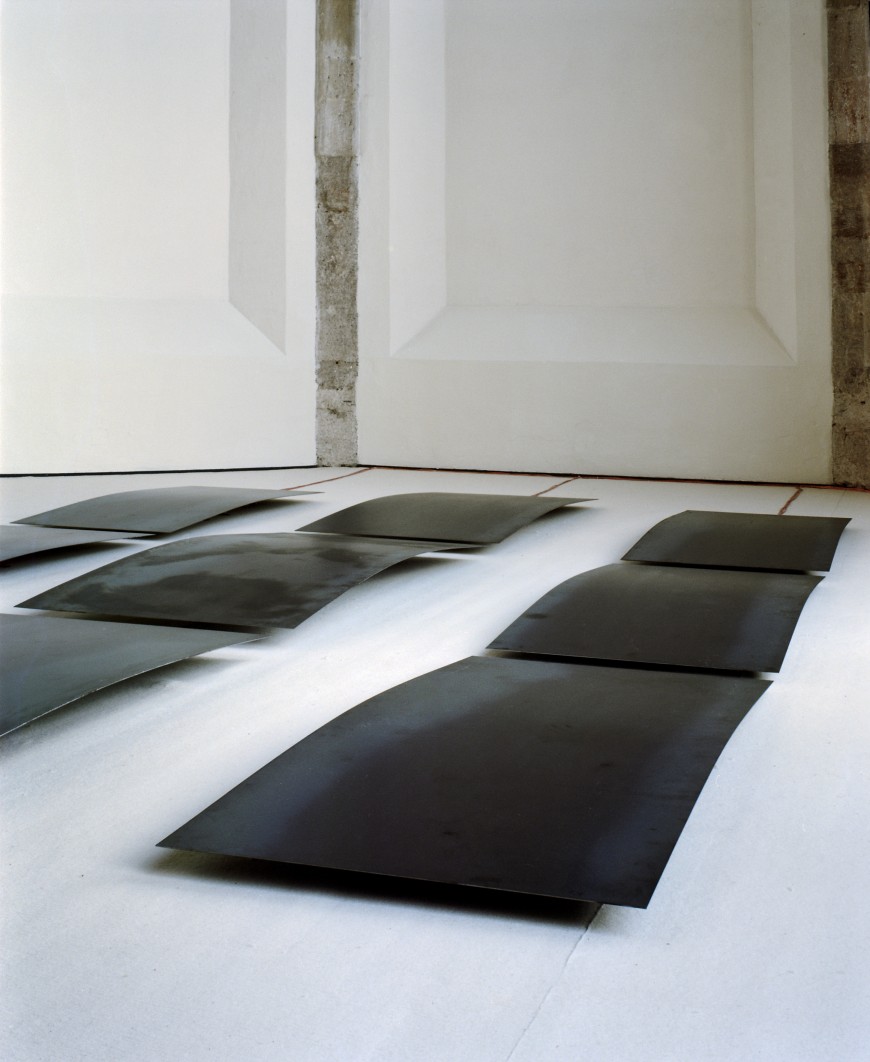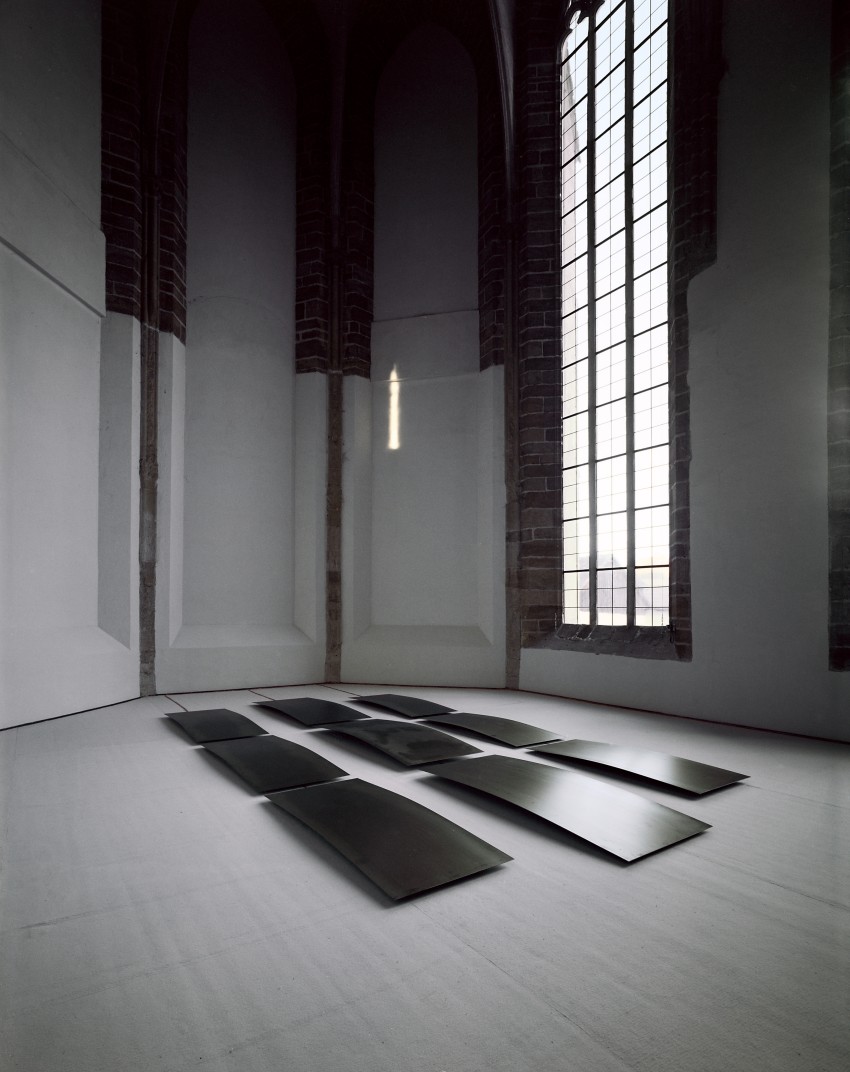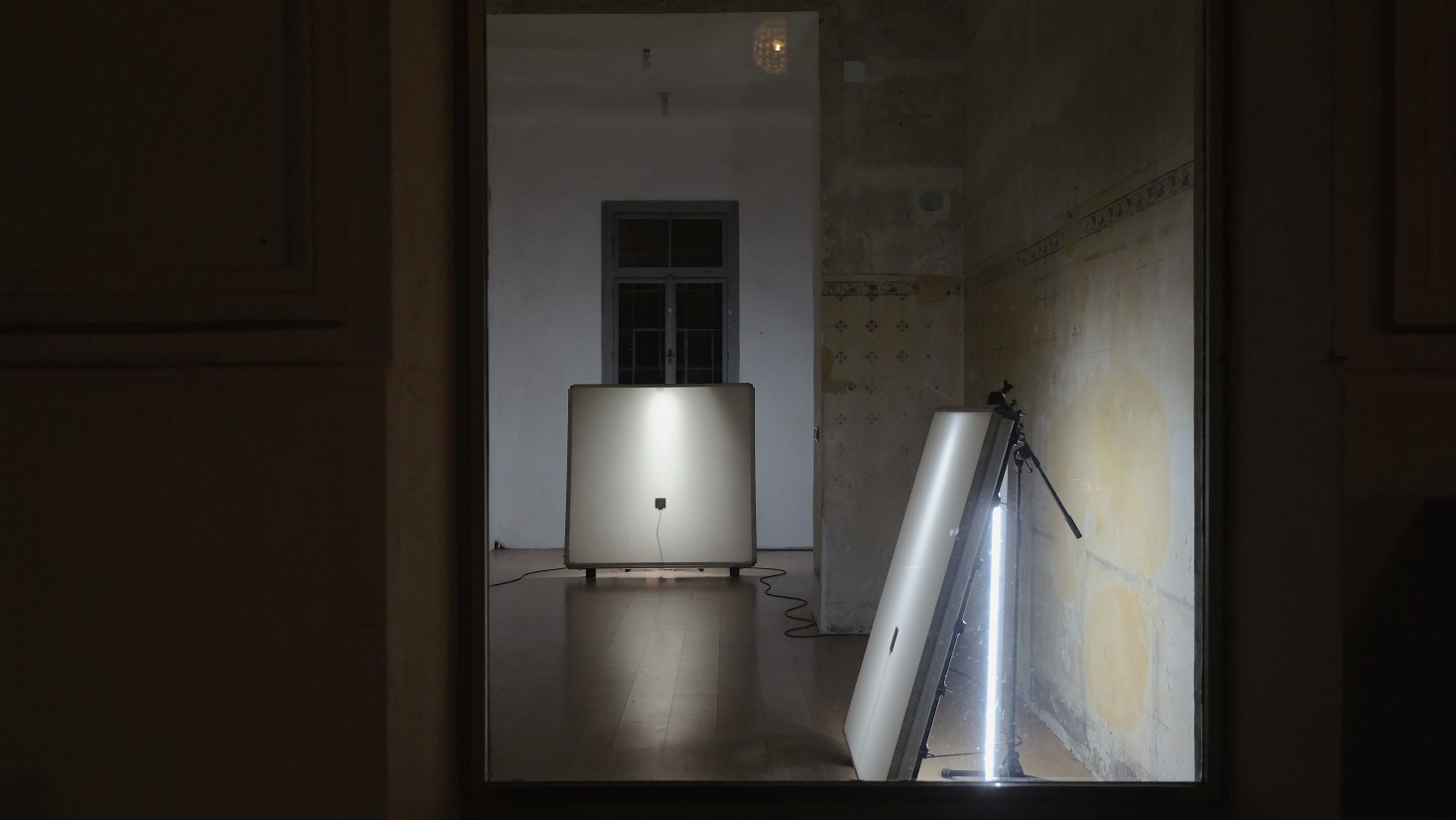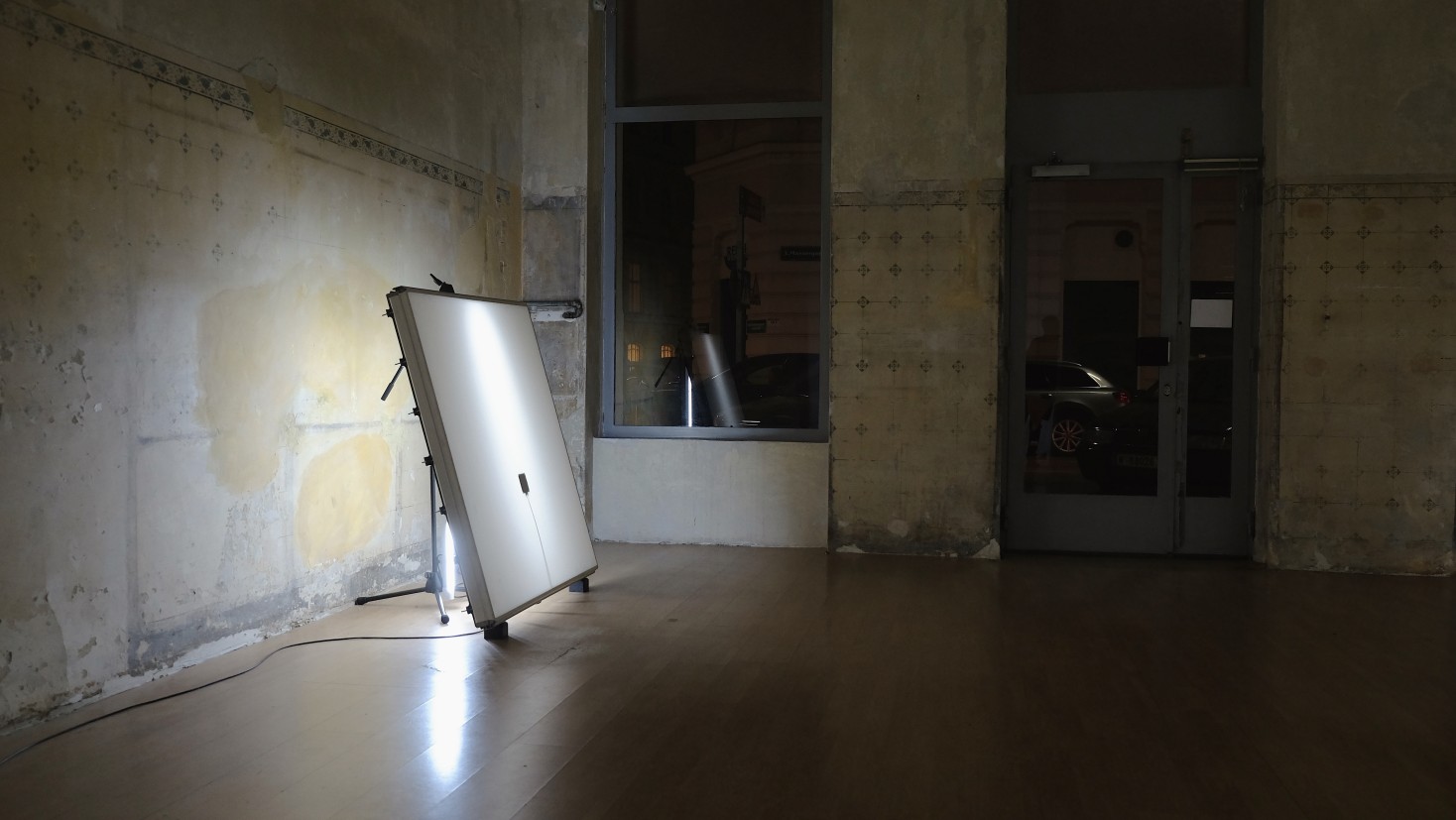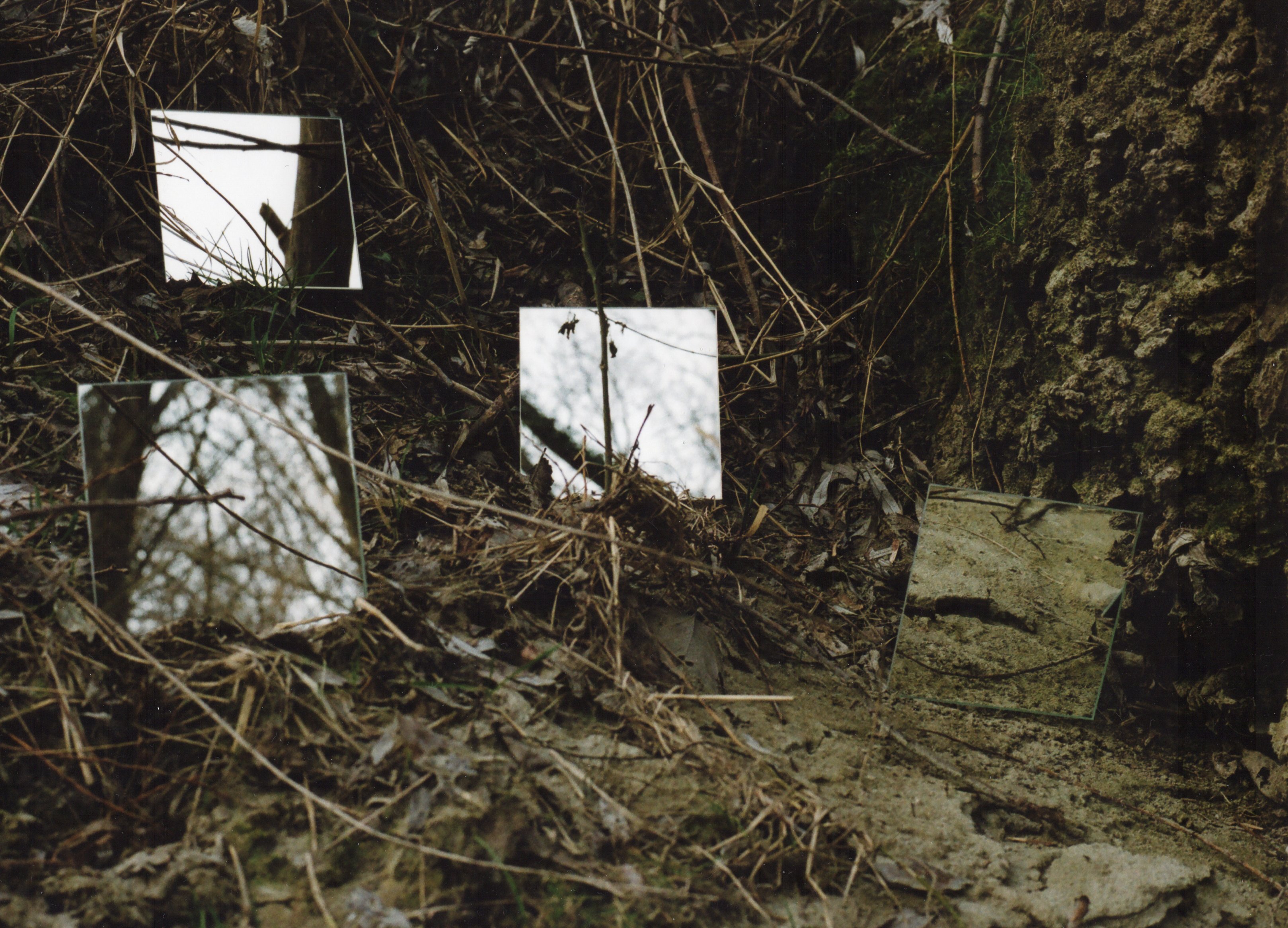Michael Moser was born in Graz, Austria and studied architecture at the Technical University in Vienna and cello at the University of Music in Graz and Vienna. Already during his studies of classical music he was intensively engaged with different forms of contemporary music - composition, improvisation, theatre and filmmusic, performance etc. - searching to enlarge the cello´s idiomatic repertoire of expression through experimenting with live-electronics. Numerous pieces for cello solo have been composed at his suggestion. Michael Moser is co-founder of the ensemble polwechsel which works in the spannungsfeld between composition, improvisation, strict concepts and free play. He has collaborated with distinguished artists such as Peter Ablinger, Bernhard Lang, Isabel Mundry, Helmut Lachenmann, Alvin Lucier, Klaus Lang, Luc Ferrari, Pauline Olivieros, Hans Zender, Clemens Gadenstätter, Beat Furrer, Rolf Julius, Michael Maierhof, Phill Niblock and ensembles as a.o. Klangforum Wien, Ensemble Neue Musik Wien, Trio Amos and ensemble PHACE. In 1998 his first solo cd "violoncello" was released on durian records.Besides being an acknowledged interpreter of new music Michael Moser also works as a composer and improviser with artists such as Axel Dörner, Christian Fennesz, John Butcher, Elliott Sharp, Otomo Yoshihide, Bernhard Lang, Martin Siewert, Sam Auinger, John Tilbury, Alexander Babikov. Michael Moser participated in numerous festivals for contemporary and improvised music as a. o. International Actual Music Festival Victoriaville, Canada; musikprotokoll im steirischen herbst, Wien Modern, Inventionen Berlin, Musica Strasbourg, Wittener Tage für neue Kammermusik, Darmstädter Ferienkurse, Donaueschinger Musiktage, Musica viva München, Soundfield at the Renaissance Society Chicago, Resistance fluctuations Los Angeles. Since 2000, he has been increasingly active as a composer. Over the last decade sound and architecture, the space and the sound within this space, i.e. the sitespecific aspect in music, room resonances, site specific installations, became focalpoints in his work. Among his sound installation works are resonant cuts, for the singuhr-hoergalerie in the kleiner wasserspeicher in berlin as guest of the Berliner Künstlerprogramm of the DAAD, Antiphon Stein developed 2011 for Klangraum Krems Minoritenkirche, in 2015 Retiraden for the Hofburg in Innsbruck and Membrane Hums for wien modern 2018 (both with Nik Hummer).
contact: mm[at]michaelmoser.net
-> bandcamp
website design and programming by alexander babikov
2025/08/01 - Berghammer / Babikov / Moser - Kultursommer / Wilhelmsdorfer Park (Vienna)
2026/03/22 - w/ Alexander Babikov, Wolfgang Musil & Marina Poleukhina - Ruprechtskirche (Vienna)
2025/06/18 - w/ Elisabeth Flunger & Alexander Babikov - Der blöde dritte Mittwoch (Vienna)
2025/04/28 - Berghammer / Babikov / Moser - Porgy & Bess (Vienna)
2025/04/04 - Alexander Babikov & Michael Moser - Echoraum (Vienna)
2024/11/12 - Trio Amos - Wien Modern / Reaktor (Vienna)
2024/10/16 - Berghammer / Babikov / Moser - Vekks (Vienna)
2024/09/20 - Surface Radical - Expanded Spaces - Resonant Bodies / Emmauskirche (Berlin)
2024/07/16 - Gerald Preinfalk's Prine Zone - Kultursommer / Schrödingerplatz (Vienna)
2024/02/16 - Trio Amos - Alte Schmiede (Vienna)
2024/01/22 - Alexander Babikov & Michael Moser - Monday Improvisers Session / Celeste (Vienna)
2023/12/09 - Polwechsel - Exploratorium (Berlin)
2023/12/08 - Polwechsel - Exploratorium (Berlin)
2023/11/19 - Judith Unterpertinger: Zeitenverwesung II - Wien Modern / Stift Klosterneuburg (Klosterneuburg)
2023/11/02 - Polwechsel - Wien Modern / Atelierhaus der Akademie der bildenden Künste (Vienna)
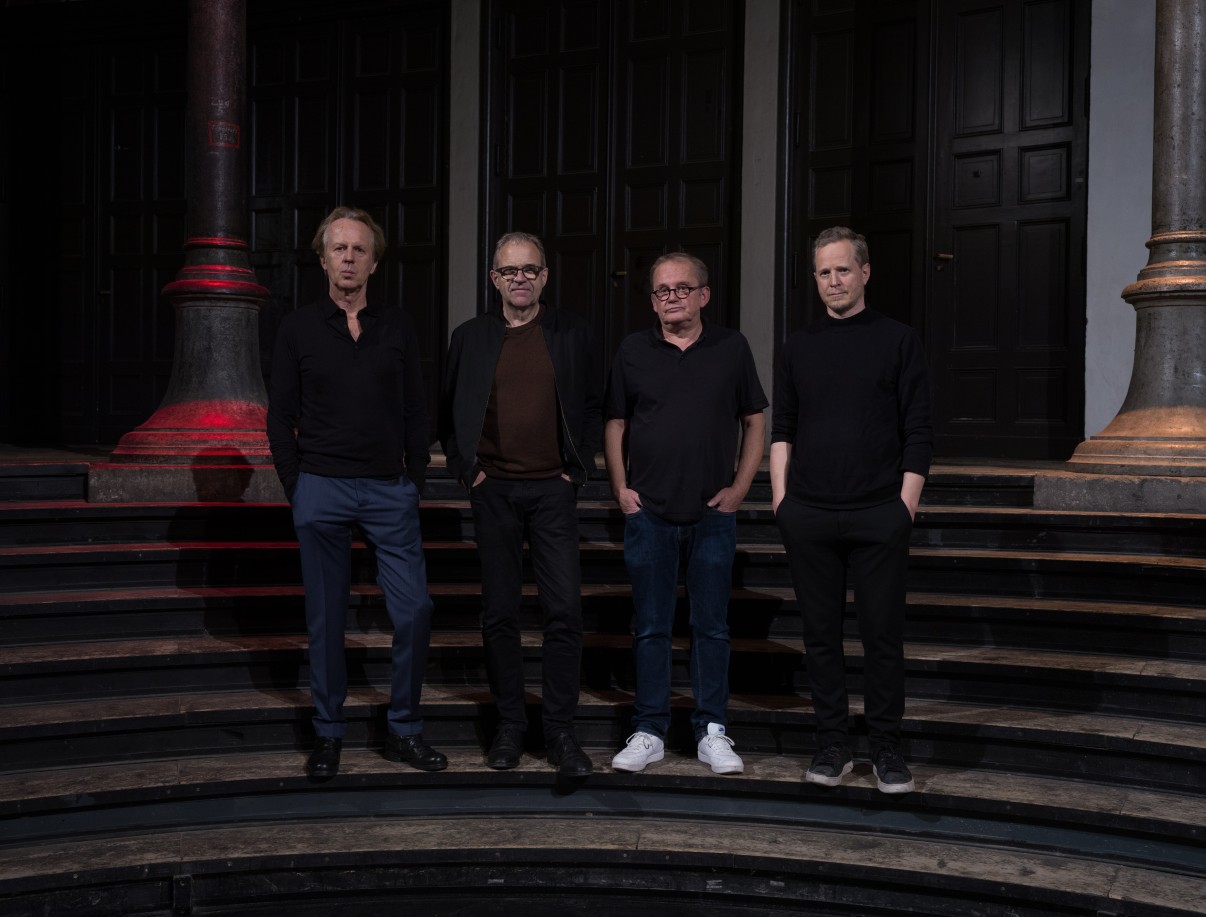
Burkhard Beins - percussion
Martin Brandlmayr - percussion
Werner Dafeldecker - double bass
Michael Moser - violoncello
-> polwechsel.com
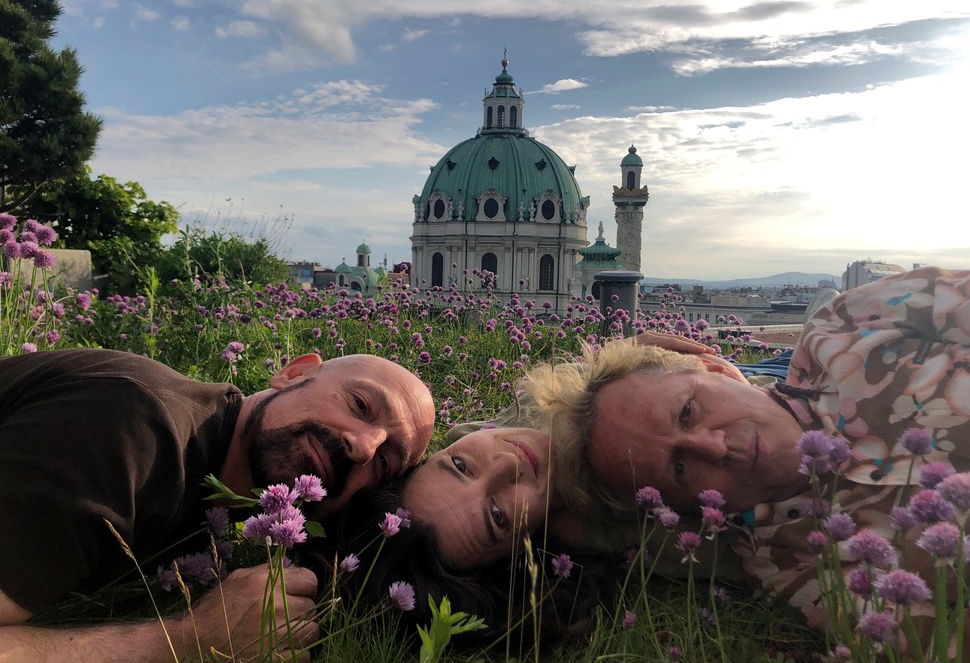
Vera Fischer - flute
Michael Moser - violoncello
Krassimir Sterev - accordion
-> soundcloud.com/trioamos
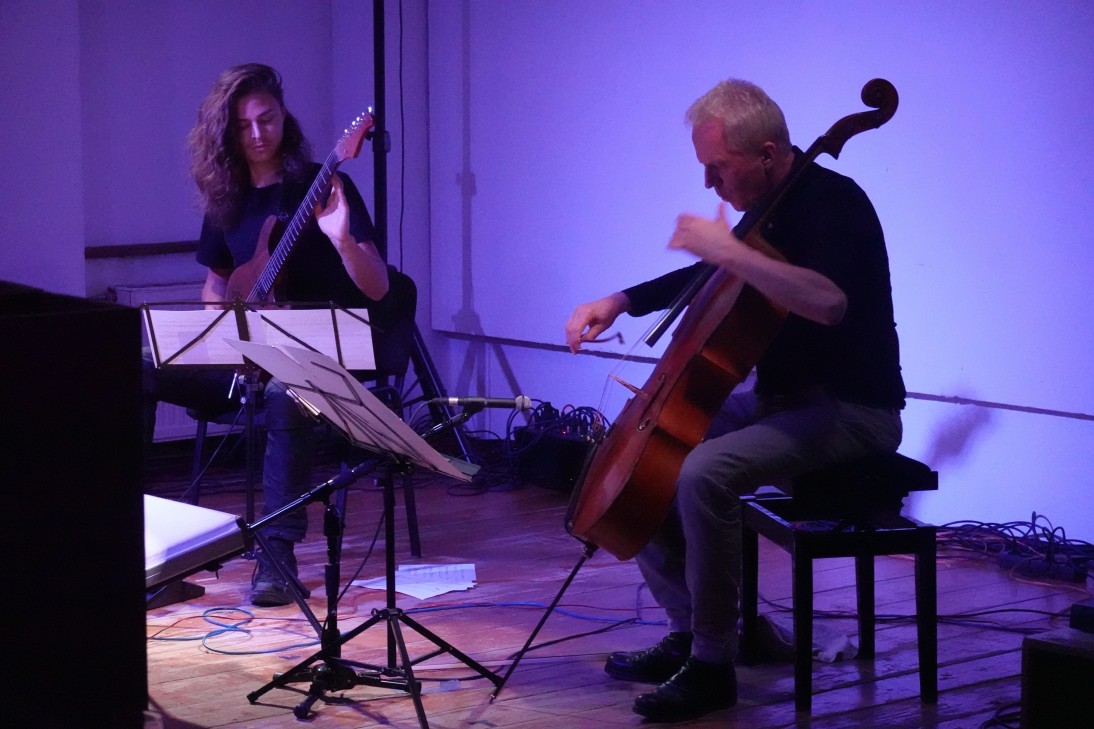
Alexander Babikov - electric guitar, electronics, composition
Michael Moser - violoncello, electronics, composition
-> babikov.klingt.org
Ständiges Hinterfragen (freiStil #119, Mai/Juni 2025)
Der Cellist Michael Moser äußert sich im freiStil Interview über seine Herangehensweisen in Ensembles, im Solospiel, in der Komposition und Improvisation sowie im Zusammenwirken mit Elektronik. Zudem unterstreicht er die Bedeutung von Räumen für seine Musik.
Michael, dein Polwechsel-Kollege Martin Brandlmayr hatte zuletzt geschwärmt: "Ich denke, von allen Projekten, an denen ich beteiligt bin, wird bei Polwechsel das Verhältnis zwischen Komposition und kollektivem Arbeiten am meisten hinterfragt, immer wieder neu verhandelt und nach passenden Mischformen gesucht."
Ich kann da Martin nur Recht geben. Schon bei der Gründung von Polwechsel war das kollektive Arbeiten, das sich daraus ergebende Spannungsfeld von kompositorischer Arbeit und Improvisation ein wichtiger Punkt steter Auseinandersetzung, Neubewertung und Neugewichtung. Auch wenn über viele Jahre Werner Dafeldecker und ich für die Autorenschaft der meisten Polwechsel-Stücke verantwortlich waren, so taucht(e) die Fragestellung der Verantwortung, der individuellen Handschrift in der Improvisation, des gemeinsamen Interesses an gewissen musikalischen Parametern und Prozessen, der Verschriftlichung und damit Fixierung des Materials und der daraus resultierenden (Spiel-)Haltung, immer wieder auf. Man könnte das durchaus den unsichtbaren Faden, der alles zusammenhält, nennen. Das ständige Neuverhandeln der unterschiedlichen Positionen und das Abwägen der (zugestandenen) Freiheitsgrade formen einen lebendigen Prozess, der es uns, glaube ich, ermöglichte, so ein Kollektiv über 30 Jahre lebendig zu halten. Nichts sollte als selbstverständlich betrachtet werden, immer kommt jemand um die Ecke mit der Frage: warum, was soll das? Es erfordert schon Energie und Geduld, dieses Spannungsfeld auch auszuhalten. Es entspricht aber ein Stück weit meiner Natur immer weiter zu fragen. Deshalb fand ich auch Das Buch der Fragen von Edmond Jabès so wunderbar erhellend. Eine Frage führt nicht zu einer Antwort sondern zu weiteren Fragen. Ein Bild, das mir als Handlungsanordnung sehr brauchbar erscheint.
Wie ich gelesen habe, kamst schon als Kind in den Genuss des Cello-Unterrichts. Was hat dich dazu angehalten, über all die Jahre beim Cello zu bleiben und dein Repertoire permanent zu erweitern?
Mein Vater hat Geige gespielt, und ich bin, ganz ähnlich wie Martin, mit einem regelmäßig probenden Streichquartett aufgewachsen. Meine frühesten Erinnerungen müssen noch aus einer Zeit stammen, in der sich Kinder von den Eltern wünschen, die Zimmertüre offen und das Licht am Gang an zu lassen. Und dann zum Einschlafen Mozart-Streichquartette und Klaviertrios. Mein Vater war Architekt und Geiger, und ich glaube, er wäre gerne Profi-Musiker geworden, aber dann war da der Krieg und geregelter Unterricht für ihn ausgeschlossen. An die konkrete Entscheidung, warum Cello, kann ich mich nicht erinnern. Ich habe mit 6 Jahren angefangen, aber ich denke, die Geige war schon vergeben, und Streicherklänge waren die vertraute Musik für mich.
In den frühen Jahren ist es mir nicht leicht gefallen, beim Cello zu bleiben, zu vielfältig waren die Versuchungen des Gitarrenspiels und des Gesangs auf der Suche nach sozialer Bindung. Es gab auch zwei bis drei Jahre gänzlich ohne Cellospiel, eine Zeit, in der ich klassische Musik mit ihrem sozialen Umfeld zu verwechseln begann. Was dazu führte, dass ich in meinem pubertären Aufbegehren gegen bürgerliche Konventionen, in die klassische Musik eingebettet zu sein schien, das Cellospiel gleich mit aus meiner Lebenswelt verbannte. Es brauchte ein paar Ausflüge in andere Gefilde, um zu erkennen, dass nicht die Musik die Ursache des Zerwürfnisses war. Mir erschien das immer rätselhaft, wie es möglich ist, jahrelang ein Instrument zu erlernen, ohne eigene Ideen einzubringen, ohne zu fragen, was da noch alles möglich wäre. Dieser frühe Zugang zur Improvisation, sogar noch bevor ich das Instrument im eigentlichen Sinne beherrschte, scheint unter Jugendlichen, die ein Streichinstrument erlernen, nicht sehr weit verbreitet zu sein, aber genau diese Erfahrung hat mich zur Neuen Musik, zur Komposition, zur Improvisation, zur Kunst und ihrem inhärenten Reflexionsfluss geführt. Die permanente Erweiterung des Repertoires geschah für mich ganz selbstverständlich und ohne Kalkül oder Strategie, ein ständiger Dialog unterschiedlicher Welten, die sich in mir ideal ergänzten. Deshalb konnte ich mich auch nie entscheiden Eine zugunsten der Anderen aufzugeben. Die Einflüsse sind permanent, das Spannungsfeld auch.
Was Kammermusik anbelangt, steht vielleicht dein Trio Amos mit dem Akkordeonisten Krassimir Sterev und der Flötistin Vera Fischer (früher Sylvie Lacroix) im Mittelpunkt deiner Interessen. Wie kann ich mir eure Musizierpraxis und die Auswahl der Stücke vorstellen?
Das Trio Amos haben eigentlich nicht wir Musiker, sondern der Komponist Bernhard Lang gegründet, besser gesagt initiiert. Ich habe lange Zeit auch gemeinsam mit ihm improvisiert, und wir haben uns viel ausgetauscht. Noch als Student habe ich mit anderen Kollegen sein erstes Streichquartett uraufgeführt. Das gemeinsame Spielen hat dazu geführt, dass er ein total virtuoses Cello-Solostück für mich komponiert hat, Schrift 2. Davor gab es schon Schrift 1 für Flöte und danach Schrift 3 für Akkordeon. Plötzlich hieß es, die drei Schriften müssten als eine Linie gedacht und gespielt werden. Das ist der Gründungsmythos des Trio Amos. Die ersten Jahre haben wir wirklich nur seine Musik gespielt und dann sukzessiv unser Repertoire aufgebaut. Bernhard Lang, Klaus Lang, Peter Jakober, Elisabeth Harnik, Joanna Wozny. Anfangs wurde da wirklich unglaublich viel geprobt und gearbeitet. Man musste sich viele Dinge selbst beibringen, Techniken finden oder von anderen Instrumenten übertragen. Was die Auswahl betrifft, kommen die Stücke einfach zu uns, entweder weil wir auf Musik stoßen, die uns interessiert, oder weil wir auf Menschen treffen, mit denen wir uns gemeinsame Arbeit vorstellen können.
Deine akademische Laufbahn begann interessanterweise nicht mit Musik, sondern mit Architektur. Kann das den Hintergrund dafür bilden, dass du dich zunehmend und auf vielfältige Weise mit Räumen beschäftigt hast, in denen Musik stattfindet?
Die Antwort lautet zu hundert Prozent JA! Ich habe zwar nur sechs Semester Architektur studiert, aber die waren sehr prägend. Außerdem war ja mein Vater Architekt, und ich bin in einem von ihm entworfenen Haus geboren und aufgewachsen. Lange Zeit war mir eigentlich nicht bewusst, welchen Einfluss dies auf mein Denken und meine Entscheidungen hatte. Nachdem ich diesem Studium den Rücken gekehrt hatte und zur Musik zurückgekehrt bin, habe ich das total verdrängt. Was davon aber immer Teil meines Lebens blieb, ist ein Gefühl für Material, Dimension und Raum. Später, als ich über eigene Kreativität und Wege der Umsetzung nachzudenken begann, begann auch das Hinterfragen: Was ist denn der natürliche Klang eines Instruments, wie gestaltet man Klang in einem Raum, was sind mögliche Parameter? Meine Magisterarbeit trug den Titel "Das Cello im elektronischen Raum". Irgendwie hat das alles schon immer zusammengehört, und mir erscheint es immer noch merkwürdig, dass es Musiker geben kann, die darüber gar nicht reflektieren.
Neben traditionellen Konzertsituationen hast du einen weiteren Schwerpunkt auf Live-Elektronik und auf Klanginstallationen gelegt. Magst du uns ein paar Beispiele nennen, in denen diese Erweiterung aus deiner Sicht gut funktioniert haben?
All diese Erweiterungen der Klanglichkeit des Instrumentes haben mein Denken peu a peu sozusagen aus dem Körper des Instruments in den Raum an sich geführt. Schon bei den Aufnahmen für meine erste Solo CD auf der auch Schrift 2 von Bernhard Lang vertreten ist (neben Werken von Peter Ablinger, Isabel Mundry und Winfried Ritsch) haben wir bis zu 16 Mikrofone aus allen Richtungen auf mein Cello gerichtet, nur um daraus zu lernen, dass Fülle an Information auch zu redundanter Überfüllung führen kann.
Anfangs habe ich mit einfacheren Mitteln wie Samples, zeitlichem Versatz und Pick-ups am und im Corpus der Instrumente experimentiert. Später kamen dann die Raum-Ableitungsstücke wie Datum cut, Core cut oder Trace de coeur, die ich Großteils mit dem Ensemble Polwechsel realisiert habe. Mehrere Lautsprecher, einige Mikrofone für die Raum-Ableitungen, viele Erfahrungen mit Raumresonanzen, Färbungen usw. Dabei war das exemplarische Stück i am sitting in a room von Alvin Lucier Inspiration. Durch die Weiterentwicklung dieser Konzepte bin ich beim Thema Raum gelandet und das hat mich dann zu meiner ersten großen Konzert- und Klanginstallation – Resonant Cuts – (realisiert für die singuhr – hoergalerie mit Unterstützung des DAAD) im Kleinen Wasserspeicher in Berlin, gebracht. Diese Arbeit und auch die Fortsetzung davon – Antiphon Stein – für den Klangraum Krems/Stein, halte ich für gelungene Beispiele installativer Arbeiten, die einen Raum in seiner architektonischen, visuellen und akustischen Gestalt einbeziehen. Ein Faszinosum und eine wirklich neue Erfahrung dabei ist der Umgang mit Zeit, etwas zu gestalten, das Bestand hat, über das Konzertformat hinaus, das erlebbar bleibt, wenn sich die Dinge schon ein Stück weit von mir abgelöst und wegbewegt haben.
Du trittst auch immer wieder solo auf bzw. vergibst Auftragswerke an Komponist:innen deines Vertrauens. Was ist die spezielle Herausforderung des Solospiels, und nach welchen Kriterien hast du bisher welche Kompositionen ausgewählt?
Das Solo-Spiel ist eine eigene Kategorie des Konzertes. Man ist völlig allein, solitär im Dialog mit dem Publikum und den jeweiligen Stücken. Es ist eine andere Wahrnehmung von Raum und Zeit, wenn du allein mit deinem Instrument auf einer Bühne bist. Schon der Beginn, die Stille und die Spannung, die eintritt, alles liegt in deiner Hand in diesem Moment. Das finde ich sehr spannend und herausfordernd. Was mir nicht so leicht fällt, ist die vorbereitende Arbeit, allein mit mir Entscheidungen treffen. Ich glaube, ich bin ein Mensch, für den gemeinsames Arbeiten, mit Dialog und Reibung einfacher ist. Die Auswahlkriterien für potentielle Solo-Stücke haben sich im Lauf der Zeit ziemlich verändert. Am Beginn war es mir sehr wichtig, nach speziellen Statements für das Cellorepertoire zu suchen, neue Wege zu finden und aufzuzeigen, auch Lücken zu finden und Nischen aufzusuchen. Die Ränder waren wichtig und die unbedingte Sorgfalt. Mittlerweile sind es mehr die konkreten Interessen an einer speziellen Musik und die Begegnungen mit den Komponist:innen, die die Energie generieren, die es braucht, um ein Soloprojekt zu entwickeln. Und da ist zeitweilig natürlich auch immer noch die Unzufriedenheit mit dem Status quo als Trigger im Spiel.
Seit einiger Zeit bist du auch bei den montäglichen Sessions im Wiener Celeste anzutreffen. Ist das für dich ein eher neuer Anreiz, öfter in verschiedenen Konstellationen zu improvisieren? Und wie würdest du deine bisherigen Erfahrungen damit skizzieren?
Den Reiz, sich auf das Improvisieren in verschiedenen, oft auch unbekannten Besetzungen einzulassen, gab es schon sehr früh. Manchmal gab es Festivals, die ganze drei Konzerttage damit bestritten, Konstellationen aus einem Hut ziehen zu lassen. Und schon damals war das eine durchaus ambivalente Erfahrung für mich, Herausforderung und Neugierde groß, die Ergebnisse aber zuweilen ziemlich dürftig. Meist gewann das Plakative oder das Vorhersehbare, beides waren keine befriedigenden Lösungen. Es gab einige Jahre, in denen für mich Improvisationen eigentlich nur im vertrauten Rahmen, wie z.B. bei Polwechsel, stattgefunden haben und mir das Arbeiten an konkreten Konzepten, das Sprechen, Wiederholen und Verändern als unabdingbar galten. Aber dann kamen die Neugierde und die Offenheit zurück. Es ist schwierig zu beschreiben, was den Unterschied macht zwischen Arbeit mit Freunden und dem Zusammentreffen mit Unbekannten. Für mich hat es mit Mut zu tun, und es ist auch ein Weg, den eigenen vorgefassten Mustern und Kategorisierungen zu entgehen.
Bei den Sessions im Celeste ist das Setting ein deutlich anderes. Durch die stetige Durchmischung der Stammbesucher mit immer neuen Gästen, durch die zeitliche Beschränkung auf zehn, maximal 15 Minuten Spieldauer, entwickelt sich in diesem Rahmen etwas sehr Spezielles. Viele Stile, Herangehensweisen und Persönlichkeiten finden hier Platz und ein kleines Experimentierfeld. Ein Abend setzt sich aus vielen kleinen Puzzlesteinen zusammen, und nur an einem bist du beteiligt. Es bietet jedenfalls die Möglichkeit, viel Musik zu hören, die in ihrer Vielfalt so nur an diesem Ort stattfindet. Und es bleibt genug Zeit zum Zuhören, Nachdenken und vielleicht auch Austauschen. Und all das in einer meist sehr angenehmen und freundschaftlichen Atmosphäre. Zudem gibt es in der Musik Aspekte, die ich außerordentlich schätze: Ich höre Musiker:innen gerne beim Denken zu, und ich mag auch Konzepte, die einfach scheitern. Beides kann man im Celeste an ein und demselben Abend erleben.
Forest Green, music for a multichannel video installation by Agnes-Meyer Brandis, 2018
Antiphon Prater, sound installation, 2016
Retiraden (w/ Nik Hummer), sound installation, 2015
Uncanny Valley (w/ Nik Hummer), music for a film by Paul Wenninger, 2015
Bodies in Tubes (w/ Nik Hummer), sound installation for a dance performance with dans kias, 2013/14
Trespass (w/ Nik Hummer), music for a film by Paul Wenninger, 2011
locomotion traces, for violoncello, two snare drums, two transducers and playback, 2011
Aquarena, music for a film by Josef Dabernig, 2005
Core Cut, for saxophone, violoncello and double bass, 2005
Trace de Coeur, for violoncello, live electronics and 4 channel video installation, 2005
7m frequency run (with W. Musil), for installed resonance-strings, pickups, violoncello and electronics, 2001
Transient (with W. Musil), for violoncello and electronics, 2000/01
Mendota Stoppages, for saxophone, guitar, violoncello, double bass und live electronics, 2000
Not Forgetting the Forgetting, for saxophone, guitar, violoncello and double bass, 2000
Tatoo, for saxophone, guitar, violoncello and double bass, 1997
The Fugue (w/ E. Schimana), for voice, guitar, violoncello, co-performer in the internet (interactive score and live audio stream) 1996
Cosmodrom, (w/ H. Pichler & W. Poor), music for a film by Friedolin Schoenwiese, 1995
-> Michael Moser, Wolfgang Musil, Klaus Gstettner
-> Polwechsel live at Bethanien, Berlin 2012
-> Polwechsel - Untitled (No.7), excerpts
-> horizontal thoughts (John Tilbury, Michael Moser, Wolfgang Musil, Werner Dafeldecker)
Wolfgram Schurig: Fenster, 2019
Katharina Gryvul: Taxidermia, 2019
Katharina Klement: Schütten 2.2, 2018
Peter Ablinger: Kanon, 2017
Michael Maierhof: splitting 40, 2013
Slobodan Kajkut: The Art of Living Dies..., 2012
Sivosh Banihaschemi: Siganeh 4, 2005
Peter Jakober: Puls 2, 2005
Rolf Julius: Schatten für cello, 2004
Michael Maierhof: splitting 22, 2003/04
Rolf Julius: Cello Piece, 2003
Peter Ablinger: Altar: 2. Komplementäre Studie, 2002/03
Alvin Lucier: On the carpet of leaves illuminated by the moon, 2000
Michael Maierhof: splitting 2, 1999
Winfried Ritsch: Monolog, Konzert Für Violoncello Und Computer, 1997
Isabel Mundry: Solo für Cello, 1996
Bernhard Lang: Schrift 2, 1996
Peter Ablinger: Instrumente und ElektroAkustisch Ortsbezogene Verdichtung ("das Blaue vom Himmel"), 1995-97
(all pieces written for and premiered by Michael Moser)
Nina Šenk: Five, 2024*
Irene Galindo Quero: meridian. methus. moth, 2024*
Zeynep Gedizlioğlu: Gathered in division, 2024*
Klaus Lang: dreamland, 2021
Onur Dülger: Void, 2021
Tolga Yayalar: The Way the Camera follows us in slow motion, 2020
Emre Dündar: Vagabond III, 2020
Ugurcan Öztekin: Conference of the Birds, 2020
Mehmet Can Özer: Coding in C, 2020
Klaus Lang: darkness and freedom, 2017
Bernhard Lang: Monadologie XVIII „Moving Architecture“ (Version für Stimme, Flöte und Akkordeon), 2011/2016
Robert Dahm: wie verschlafenes Haar ......, 2014
Joanna Wozny: sAmo, 2014
Zesses Seglias: Trio Amoroso,2014
Nimrod Sahar: Garden Path, 2014
Bernhard Lang: Monadologie XXI, „...for Franz II“, 2014
Matthias Kranebitter: „a söchtener reuter möcht i wern“, 2013
Joanna Wozny: suspended, 2013
Klaus Lang: Origami, 2011
Uday Krishnakumar: Extinction, 2011
Sivan Cohen-Elias: The Frozen Bakery Oven, 2011
Jean-Baptiste Marchant: ein Freund spricht, 2010
Reinhard Fuchs: Torus, 2010
Simeon Pironkoff: nach dem (vor) bild (oder vor?), 2009
Klaus.K.Hübler: I leave my love alone, 2009
Marcel Reuter: Trio, 2008
Daniel Salecich: re.saturate.d, 2007
Leah Muir: As I Sing to You Songs of Ossian..., 2007
Peter Jakober: Trio für Flöte, Cello, Vierteltonakkordeon und Zuspielung, 2007
Elisabeth Harnik: zwischen Schein und Tiefe, 2007
Bernhard Lang: Differenz/Wiederholung 3, 2000
(all pieces written for and premiered by Trio Amos)
* funded by the Ernst von Siemens Music Foundation
The exhibition space in all its aspects — foundation / proportion / volume / acoustic — serves as the initial point that forms the variable. The implemented materials — glass, metal and transducers – form the constant. The site-specific aspect of the work is maintained throughout. Similar to Gordon Matta-Clark’s cuts through existing buildings, here “acoustic cuts” attempt to create new perspectives. Each surface object serves as a loudspeaker, and simultaneously as shaped, space-creating element. Through the connection between given architecture and architectonic intervention which, at the same time, is a played, sounding object, the separation between visual and audio composition is revoked. A unification between space (architecture), materiality (surface objects) and sound is established. Small Water Reservoir can both be experienced through the glass surfaces perceived as acoustic subspaces and also in its entirety as a resonating, specific sound space. The acoustic representation of the exterior space — a loudspeaker, indirectly emitting upwards against the flat concrete ceiling at the centre of the Small Water Reservoir, projecting hour long recordings of the surrounding — opens the center space and establishes a connection to its environment. The sound installation Resonant Cuts builds on musical material recorded on location in a one-day concert installation and recordings from the preceding rehearsals. Initially, through the derivation process, the musicians, their instruments, and the room itself stand centre stage. In the following sound installation the materials used become reduced: The instruments disappear in their entirety. Their place take surfaces/objects made of glass and metal played through transducers with the recordings generated beforehand. Resonating in their entire dimensions, these surface objects function as complex sound filters because of their different materiality and structure. (Michael Moser)
-> Bandcamp
-> Edition RZ
-> singuhr
Kleine Wasserspeicher in Berlin’s Prenzlauer Berg, with its 1200 square meters and high vaulted ceiling, is generally considered a difficult space. It is dark and cold, complex and expansive. But most importantly, it subjects sound to a powerful reverberation. It is impossible to simply ignore it or harness it. Moser not only confronted these difficult conditions, but declared them the subject of his installation by making certain frequencies of the space as defined by its
architectural characteristics a central issue. The space, Michael Moser explains, is part of the instrument that he plays. The Austrian cellist, born in Graz in 1959, has systematically and artfully explored acoustic space in recent years. These explorations reached their apex with the sound installation Resonant Cuts, which could be experienced in the summer of 2008 at the singuhr - hoergalerie berlin at Kleiner Wasserspeicher.
Resonant Cuts begins with an initiation. Five musicians scan the architecture acoustically, feeding the space with individual sounds and sound figures, with impulses and quiet sustained tones. The sounds fan out from the center into the individual chambers of the underground reservoir: in a sense, each musician occupies a corridor that he auscultates and musically fills. The space absorbs these tones and lends them a second, reflected life, for Moser uses during this phase a live electronic device that filters and brings to the forefront the space’s own requencies. The musician plays a sound. By microphone, the sound is recorded and then played back via loudspeaker. The loudspeaker playback is again recorded, then played back, recorded and played back. The space gradually changes the sound, scraping away spectra from the frequency range and amplifying certain overtones. The sound and its reverberation increasingly overlap, until finally a bell-like sound cloud emerges and the original tone disappears. What remains is the space itself that manifests itself acoustically in this sound, a technique that Alvin Lucier explored in his 1969 piece I Am Sitting in a Room. Unlike Lucier, Moser lets the musicians influence the sound by requiring them to constantly add new material to this process of spatial derivation.
In the weeks that follow, the recordings of this “concert in installation” become the material of the installation, along with the passages recorded in the same space. Individual sounds and sonic moments are distributed across glass and metal membranes and moved through the space with the help of a complex computer algorithm. Both the motion and placement on the individual plates as well as the series of sound files are determined by this algorithm. As a result, various constellations of complex, mobile sound spaces emerge between the outer ring of metal plates and the inner ring of glass plates.
The space itself remains almost empty. Moser divided the high stone arches that structure the round space with large glass plates, placing metal plates on the outside walls, resulting in chambers that are optically and acoustically permeable. This is how the title of the work should be understood: in referring to the resonances of the space and the cuts with which the glassplates structure the space, “resonant cuts” emerge. The freely pulsating glass and metal plates are at the same time bearers of sound—a visual intervention and a membrane. For Moser does not work with loudspeakers, but with transducers, which transfer the acoustic wave to a random material. The glass plates vibrate almost unnoticeably and place the sound in the space almost as if it had no source. Unlike loudspeaker sound, which generates a sonic field that can be clearly located, lending the sound not only a direction, but also a dynamic presence, the resonant plate grants the sound an unusual spatial impression. Only by placing your ear very close to the plates can the acoustic vibration be verified, a vibration that is even barely noticeable to our sense of touch. In so doing, the hanging and the drillings become veritable acoustic parameters. In particular, the position of the transducer on the glass plate must be chosen for its physical aspects, for the sound changes with each new position on the glass. Moser here could turn to the experiments of the physicist Ernst Florens Friedrich Chladni, who explored the resonance and reverberation behavior of plates in the eighteenth century, in order to calculate how the drilling of hanging points and placement of transducers on the plates could be arranged in such a way as to mute the vibration of the glass as little as possible.
It lies in the nature of installative work as such to liberate music from the domination of the temporal and thus to abolish the dubious distinction once proposed by Johann Gottfried Herder between the spatial and the temporal arts. And while the installation in Moser’s case is naturally also temporal, for the piece develops in a musical sense in a quite emphatic sense of the term, the relative sourcelessness of the sound highlights the spatial aspect. The sound wanders through the space and is simultaneously, like a wall or a column, also part of the architecture in which the beholder and listener move. Moser works with clear, simple materials: he opposes the bricked walls of the space with glass and metal. The relationship of height to width corresponds to the balanced proportion of the golden ratio. The glass plates with their clear cuts mark a dramatic break in the arch-shaped openings of the circularly arranged vaulted ceiling, while in their transparency and permeability they seem to open up the space. Between the view through the glass, the glass itself, and the reflection of the beholder, a multiply refracted spatial impression emerges.
Naturally, the quality of the sounds themselves also contributes to this impression. The five participating instrumentalists, who, like Moser himself, are at home in the realm of new music and/or free improvisation, played sonic explorations enriched with noise. Moser developed a voice for each musician, and more or less precisely notated his ideas. This means that he does not leave everything to chance, but indeed provides individual parameters like pitch level or a certain sound quality, a diastemic course or a duration exact to the second, but does not specify the sound event to the very last detail. There are various reasons for this non-specification. On the one hand, the sounds in Resonant Cuts are personified. That is, not just anybody plays the trumpet, but Axel Dörner, not just anybody is playing bass, but Werner Dafeldecker, not just some percussionist or contrabass clarinet player, but Burkhard Beins, Martin Brandlmayr, and Theo Nabicht. The material bears decidedly personal traits, the sounds are in a sense “authorized.”
The conviction that sound is such a personal matter, and thus difficult to mediate or communicate, is one of the aesthetic premises of free improvisation, which above all forefronts the details of sound composition. If on the one hand the empty spaces of notation, the non-specification of the parameters, are abolished by the signature of the instrumentalists, then on the other hand it is important that Moser opens a corridor for the musicians in the framework of which they can react to their acoustic surroundings, above all the sound characteristics of the space, as part of the work concept of Resonant Cuts. In other words, the relative imprecision of the notation leads Moser to a result that is perhaps not foreseen in every detail, but very pointed and exact in its sonic impact.
Another of the aesthetic premises of free improvisation is that musical links are no longer primarily sought on the level of the parameters usually notated. The individualization of sound moments, the concentration on movements in sound, on components of noise and the supposed coincidences of generating sound provide an essential contribution to the sound image of the installation. This shift of interest in terms of sound has quite fittingly been termed “acoustic microscopy.” Musicians expand the palette of timbres by applying the techniques they have developed with their instrument over the years and complementing them with the help of electroacoustic devices. This also includes the measured tempo of the piece, which provides the musician and the listener a chance to penetrate this displaced sound horizon and allows the details of the spatial acoustic to develop. The musical course of the installation is counterpointed by an occasional break, a colorful swoosh that washes away what has sounded before, as if to “wipe clean” the glass membrane, as Moser puts it.
Alongside this poetological aspect, we should not overlook the music’s poetic aspect. Historical necessities and acoustic laws should not conceal the fact that Resonant Cuts is also a lyrical piece, in which a serenity that approaches melancholy develops a dark, matte aura, an abstract chiaroscuro where contrasts between light and dark serve to amplify and dramatize the spatial, as in the painting of the Renaissance. The reductionist moment of free improvisation has often been interpreted as a reaction to the flood of information in modern societies, setting a focused and tense attitude in contrast to the superficiality of everyday life. Against this backdrop as well, Resonant Cuts can be heard as a site of consecration and contemplation.
This sensitivity for space and its acoustics in Moser’s music is closely linked to his improvisational work. In Vienna during the 1990s, musicians of all genres abandoned secure terrain. Established rock musicians like Christian Fennesz, Christof Kurzmann, and Peter Rehberg discovered the laptop as an instrument and abstraction as an aesthetic quality. Instrumentalists with a classical and jazz musical background in turn overcame traditional forms of playing to take a moment of freedom from jazz and the conceptual from the avant-garde, transferring it to their own non-academic and non-dogmatic form of musicianship.
In this climate of transformation and new beginnings, after studying architecture and music, in 1993 Moser founded Ensemble Polwechsel, along with bassist Werner Dafeldecker, trombonist Radu Malfatti, and guitarist Burkhard Stangl. Polwechsel quickly advanced to become an important proponent of the then new genre between conceptual art and reduction, between improvisation and erratic sound exploration. Moser was lastingly influenced as soloist by this change. As a cellist, he is also an exception because he has found a sound that does not rely primarily on virtuosity and luxurious sumptuousness, but listens for the margins of the instrument. Many composers treasure this very element of his playing: Peter Ablinger, Bernhard Lang, Michael Maierhof, Klaus Lang, Phill Niblock, Pauline Oliveros, and many others have thus sought out collaboration with him.
Today, Polwechsel, with Dafeldecker and Moser as remaining founding members, still works under these prerequisites: with the group dynamic of a rock or jazz band, the sonic imagination of a composer ensemble, and the conceptual approach of fine art. Over the years, Moser has increasingly excelled as a composer for Polwechsel. Both the 2006 CD Archives of the North as well as the 2009 CD with John Tilbury contain pieces conceived and developed by Moser, including Datum Cut, in which he for the first time worked with the aforementioned “feedback” of Lucierian provenance. Here too, Moser looks for other, unusual parameters to shape music and to lend his sounds a new meaning. Typical is the score for Site and Setting from 2005, which fixes temporal sections and lends them qualities, “one note OR one sound,” or “one model OR one action”. A sound level is described with the words “notes, longer durations, stable tones with small <,” another with "fragmented tones, like irregular tremolo or repetitions.” The result is a peacefully moving, hesitantly developing sonic action of delicate beauty.
Polwechsel’s new, unconventional approach necessarily raised several questions. How do I react to what I hear? How do I relate to space as an improvising musician? The space and supposed “natural” sound of an instrument become as a consequence a precarious event in need of aesthetic reflection. The amplification of spatial resonance that Moser undertakes in Resonant Cuts is an answer to this question.
Even if the cello is still central to his thinking in that the string instrument is the site where questions surface and answers are sketched, Moser has expanded his horizon in recent years beyond his instrument. In so doing, the sound installation has become a vanishing point of his work, because he can bring together sound and space beyond the architectural guidelines of the concert hall, which he once called a “room for acoustic fairy tales.” As Moser once summed up his approach, he organizes events that question the process of sound production. In relation to the poetry and the ambivalences that inhere in an installation like Resonant Cuts, this brief summation cannot do justice to the breadth and explosiveness of his approach.
Resonant Cuts brought together many central aspects of Moser’s thought, combining architecture and acoustics, improvisation and electronics. The work was convincing not only due to the optical clarity that emerged in the confrontation between the dilapidated wall with sterile glass plates, not only as a result of its musical path that artfully combines the individual sound moments and recordings to a whole. Resonant Cuts was especially convincing because Moser transformed the space into a “sound body,” because he did not work against the resonance and the reverberation, but declared it an authority that first lends the sounds significance. (Björn Gottstein, translation: Brian Currid)
Antiphon Stein is a site-specific sound installation in the nave and choir of Minoritenkirche in Krems / Stein that engages with the architecture and sound of this church space. The material used are hanging and lying flat objects of glass and metal that are played with sound pressure transducers. These objects thus become membranes that resonate in their entire surface and mass, exuding sound to the surrounding space. The initial sounds for the installation are largely generated using a special four-channel recording technique; after the digital editing, they are left in their special four-channel arrangement, since capturing the sound from various spatial perspectives and distances [Raumperspektiven und Distanzen] allows an acoustic image of the existing space to emerge. The sound of the specific space thus plays a central role in the overall acoustic image. By way of the stringency of the early Gothic architecture, the placement or hanging of the surface objects leads to the bipartite, responsorial form of the work. Below in the nave, the eight glass plate objects, each hanging between the powerful columns, above in the former choir the tripartite metal work, arranged on the floor on white felt [Weißer Filz], thus not visible, but only audible from below. The intimacy of the apse with its triptych of metal objects contrasts with the expansiveness of the nave, with the glass surfaces hanging at a great distance. The light design, from the dark nave to the apse flooded in light, seeks to continue this dialogue. The sounds, small compositional miniatures of a duration of three to seven minutes – above more organ, below more cymbal sounds, percussion, resonant glass – are combined by the computer on the basis of a precise score [Ablaufpartitur] into ever new constellations: aleatory in part, sometimes in fixed series and interrupted by interludes that represent in temporal intervals of thirty minutes the only moment in which an individual sound file can access all surface objects in both spaces. The algorithmic components of the composition make possible constant alteration of the various musical textures by way of their differing sequence and overlap of musical cells. This results in a sound-space continuum that regenerates itself over and over that oscillates in timbre. In this way, the sound installation becomes an organism that reinvents itself over and over through the entire duration of the exhibition. The interplay of the two optically divided spaces in various antiphonic ways – the sound that seems to come from above or below and is projected by the architectural features of the location, sound that really seems to float in the ribbed vault – makes a decisive part of the charm of this work. By combining existing architecture and an intervention that is both a played and sounding object, the distinction between visual and sound design is suspended, resulting in a unity of space, materiality, and sound. (Michael Moser)
In his book Atmosphäre (Atmosphere), Gernot Böhme sketches the outlines of a new aesthetic theory that he derives from subjective sensations of our surroundings. Based on synaesthesia, he assumes that perception begins generally, with all of our senses. A foundational object of perception, for Böhme, is the atmosphere. The way in which a subject perceives the ensemble of certain things like light, color, temperature, form, quality of material etc. at a certain time in a certain place creates a certain atmosphere. Conversely, we could say that atmospheres “are the ways in which things and environments manifest themselves.” Architecture in particular, Böhme argues, produces atmospheres in all its creations. For a long time it served to “give the buildings of the rulers the atmosphere of power. As an ecclesiastical art, it created the atmosphere of the sacred in ecclesiastical spaces. (Hannah Schwegler)
The older church nave with two narrow side aisles forms one space, while the divided choir, raised at the rear, forms another. A unique architecture of the Minoritenkirche Krems/Stein: the presbytery is shifted from the middle axis, and in so doing the homogenous spatial effect typical of church architecture is suspended and the two parts of the building seem separate from one another, visually and acoustically. (Nik Hummer)
In architecture, the same proportions of composition have been used as those in music for centuries (1:2, 2:3, 3:4, 4:5, octave, fourth, fifth, third). This coupling of architecture (here as sound space) [Klangraum] and music (atmosphere space) becomes clear in sacred buildings like the Minoritenkirche in Krems/Stein. Every architectural space is also a resonance space for its users, or, to put it more simply, almost every space is an instrument body that can have an astonishing impact when played adequately. (Nik Hummer)
Panels with tactile transducers to transfer sound possess [Körperschallwandler als Klangüberträger] the qualities of a surface that emits non-point like sounds: the thin, bodiless panels produce voluminous corporeal fields of sound. The glass and metal panels [Glas- und Metallplatten als Resonanzkörper] used thus become resonance bodies that deliver the sound, filtered through the material, differently to the resonance space. (Nik Hummer)
Composed musical figures using the material of previously recorded instruments engage with the acoustic particularities offered by the transfer of the sounds via panels. The panels thus operate as loudspeaker membranes with complex filter qualities that modify the natural sound timbres of the instruments recorded (organ, glass, and percussion) by modifying their sound by playing it through the materials of metal and glass. In addition, certain frequencies of the transferred sound material trigger the frequencies and overtones of the plates themselves and initiate additional sounds that mix into the overall acoustic events. (Hannah Schwegler)
Spatially opposite one another, the metal and glass objects in the choir and nave of the church, arranged in geometric figures, serve as stand-ins of two instrumental groups that sound against one another and cover the space acoustically [Akustische Raumüberlagerung]. The arrangement of the sound material for the panels or panel groups [Plattengruppen] and their collection and temporal distribution take place using a complex computer algorithm. By way of chance, individual passages are selected from a total of 24 brief sound sequences [Klangsequenzen] and distributed over a four-channel system on the glass and metal panels. As a rule, the score allowed for two or a maximum of three voices and/or sequences. As in Gregorian chant, where a psalm verse is followed by an antiphon as a refrain-like passage, the sound events in Antiphon Stein are interrupted each half-hour by an interlude. (Hannah Schwegler)
Der Cellist und Komponist Michael Moser und der sich allen Kategorisierungsversuchen entziehende Musiker Nik Hummer perfektionieren gemeinsam seit Jahren großflächige Klangerzeuger, die die Grenzfläche zwischen abstrakter Raumskulptur, leerer Leinwand, Segel und Lautsprecher bespielen. Die neuste Inkarnation wird in der Galerie FOX zum Klingen gebracht. (Bernhard Günter)









